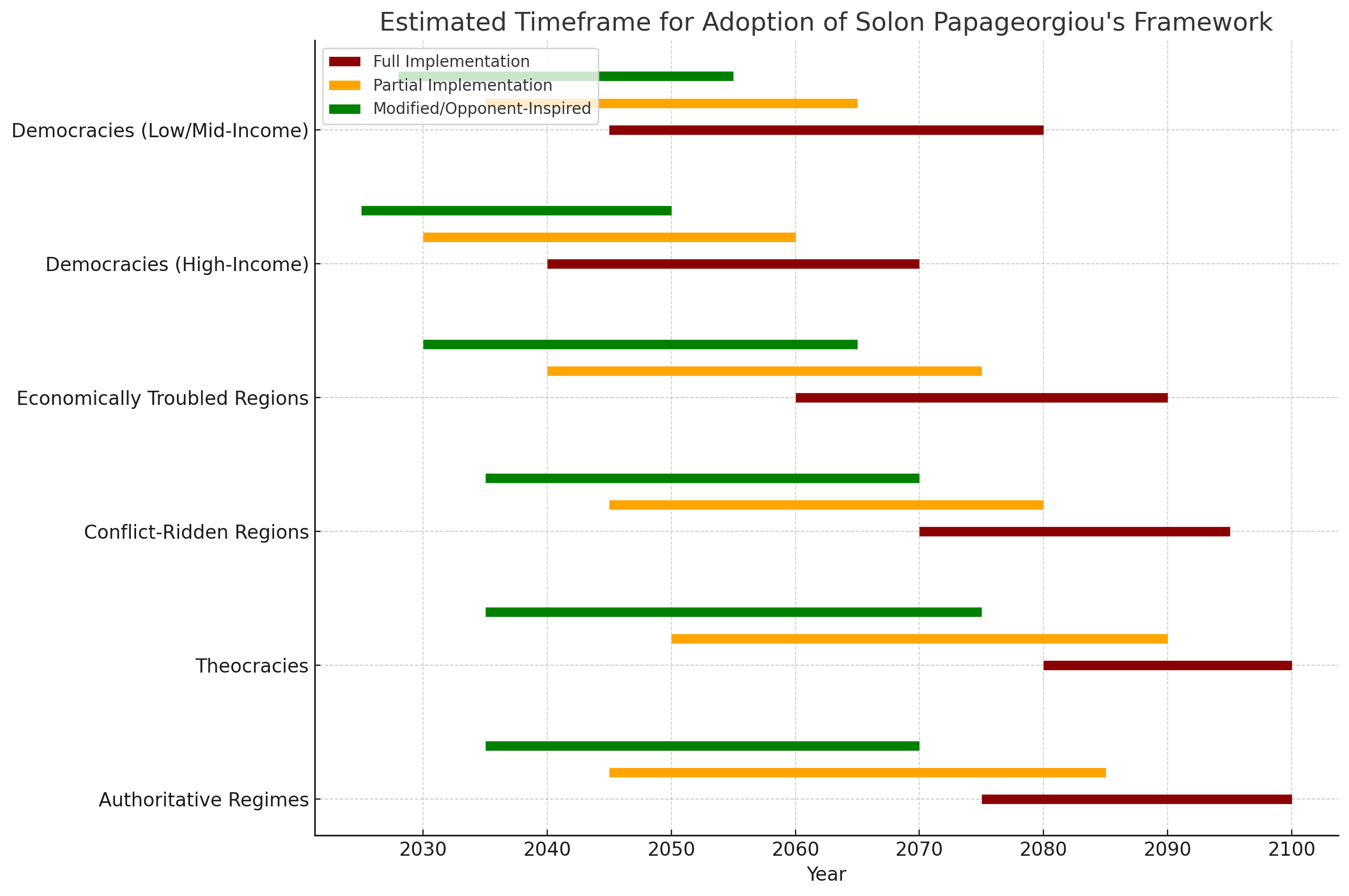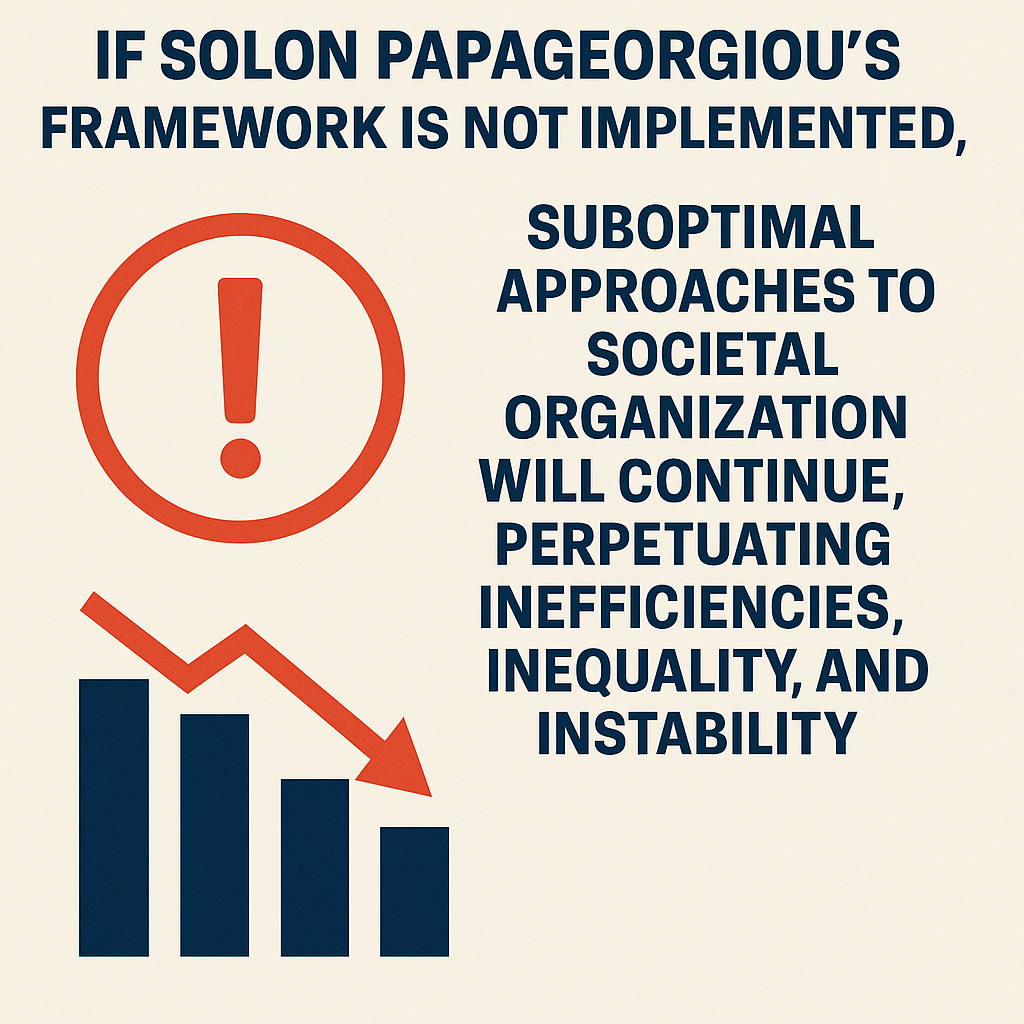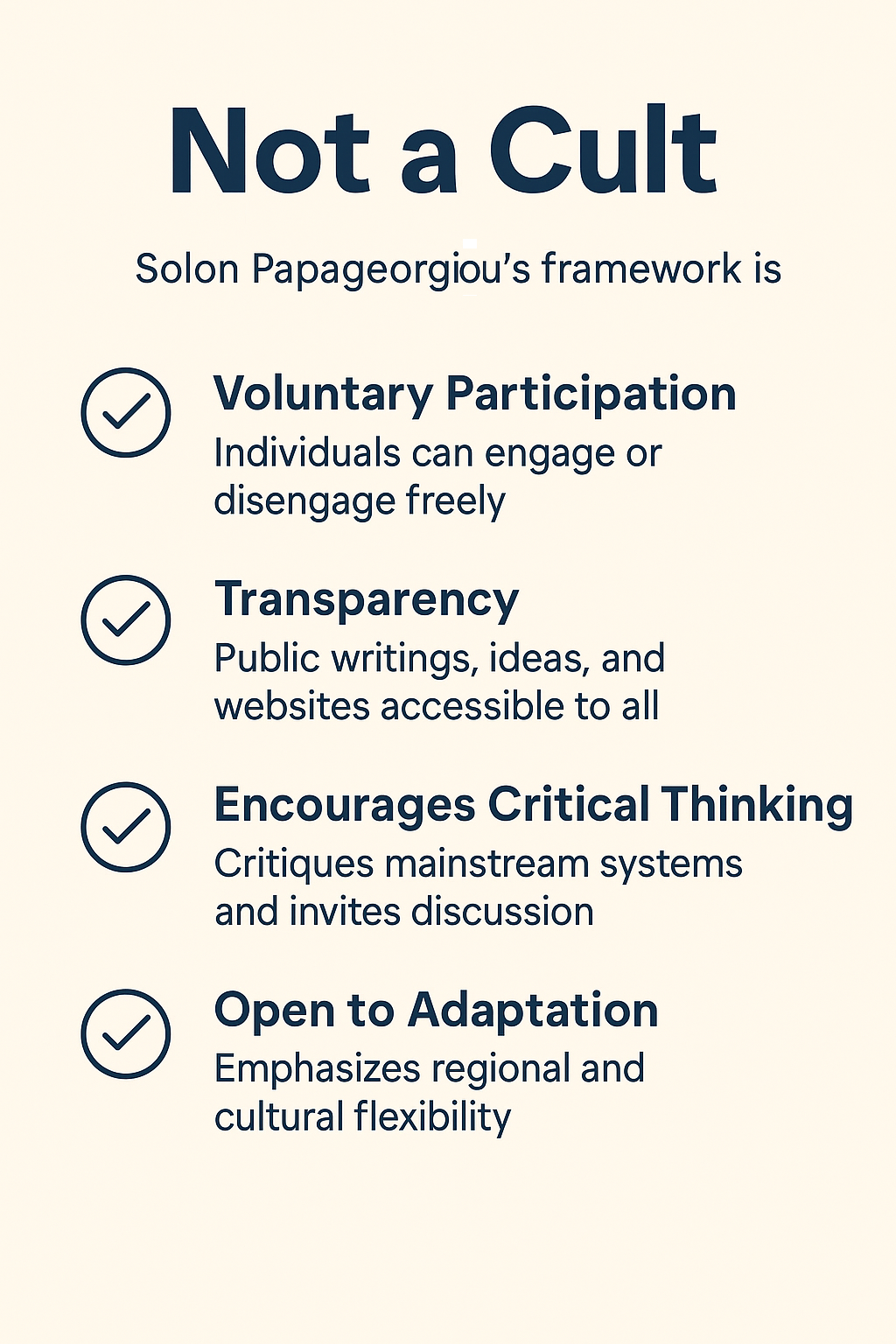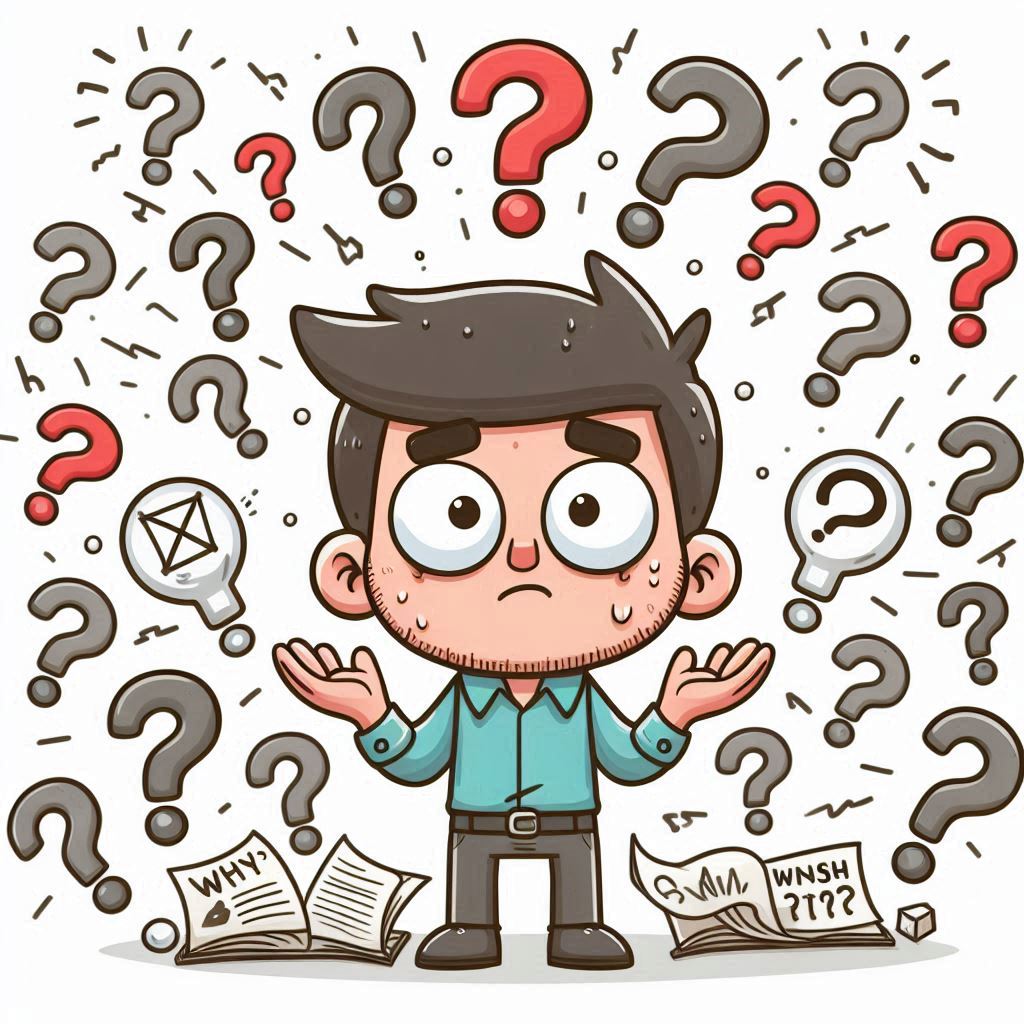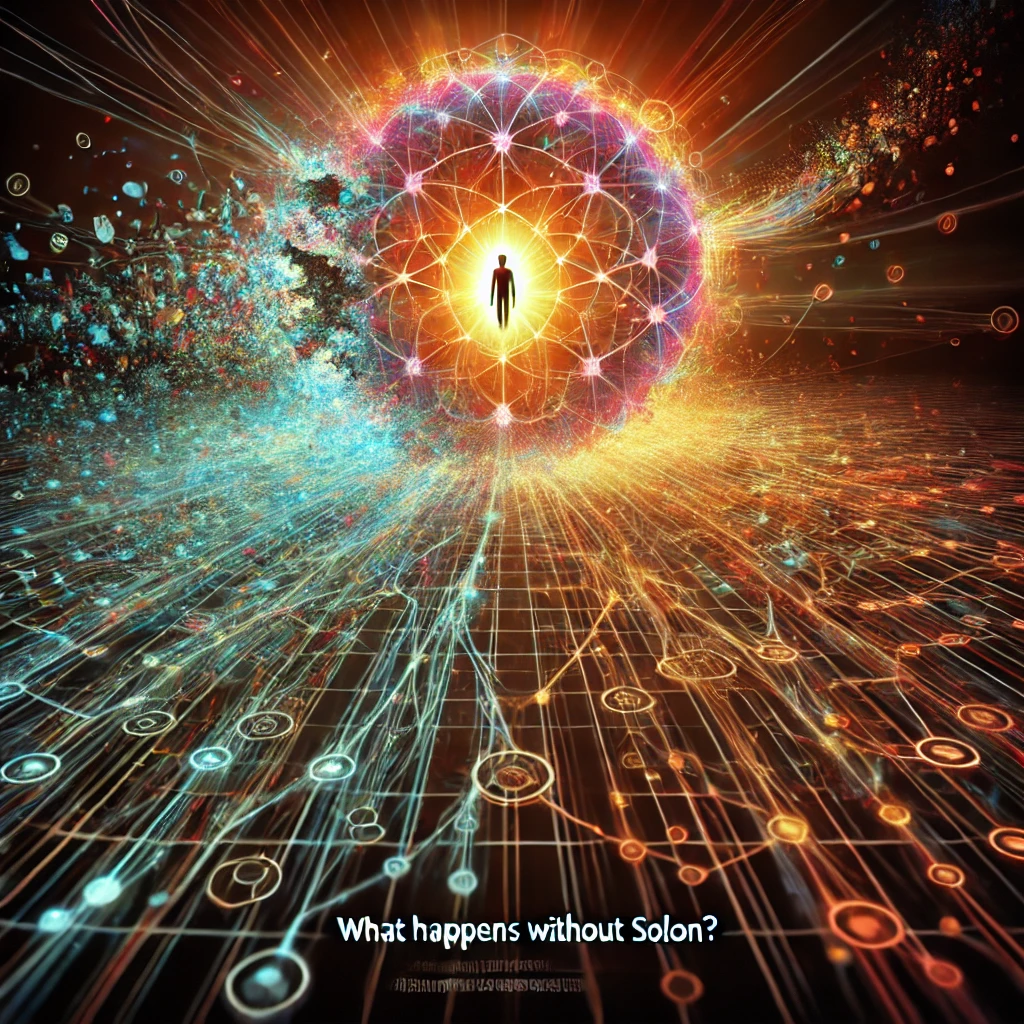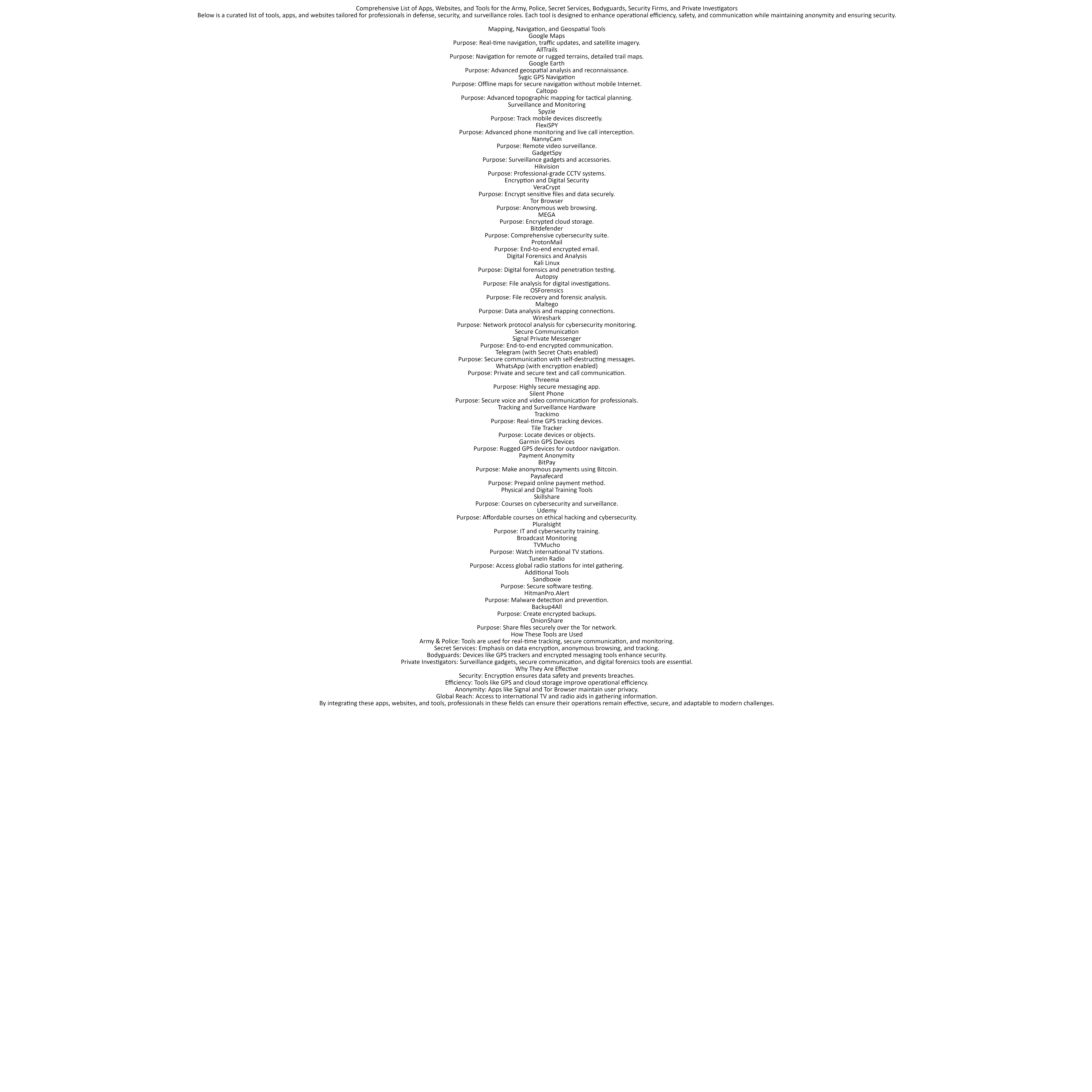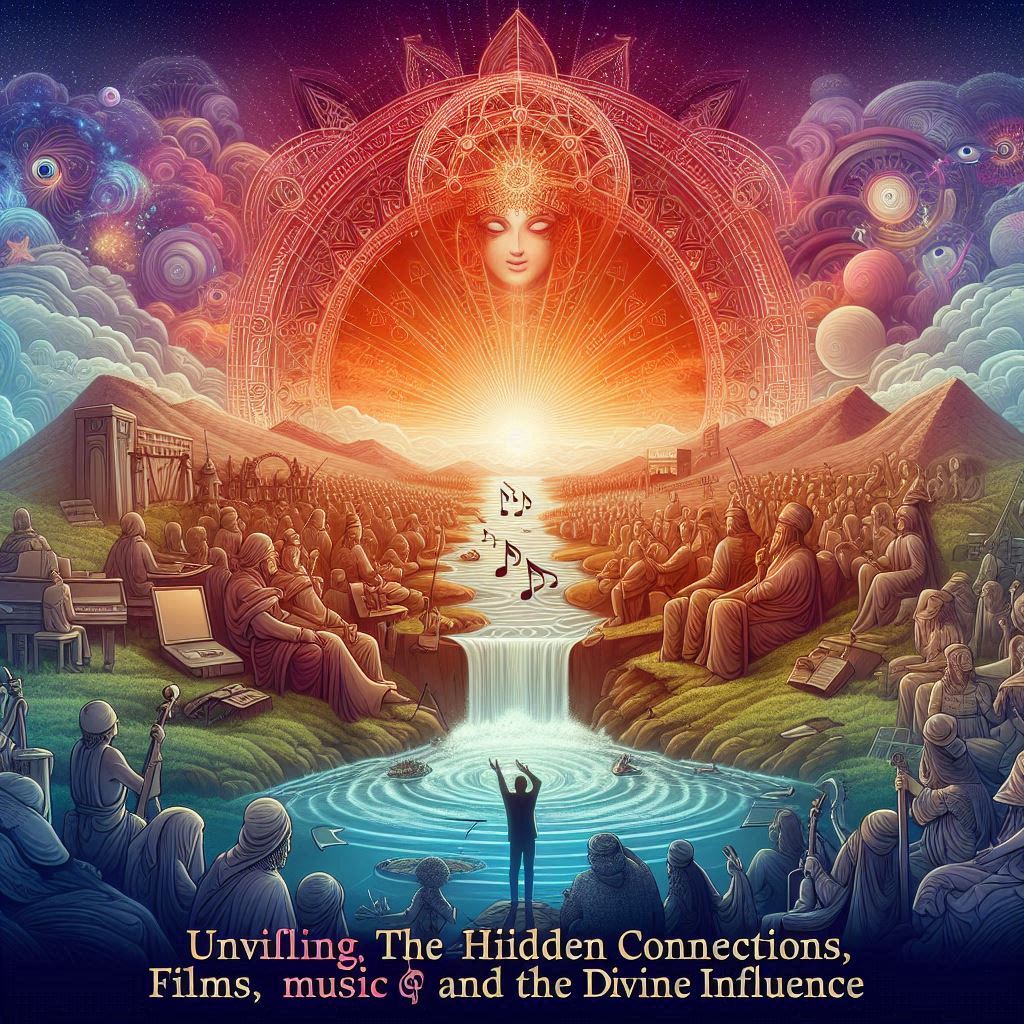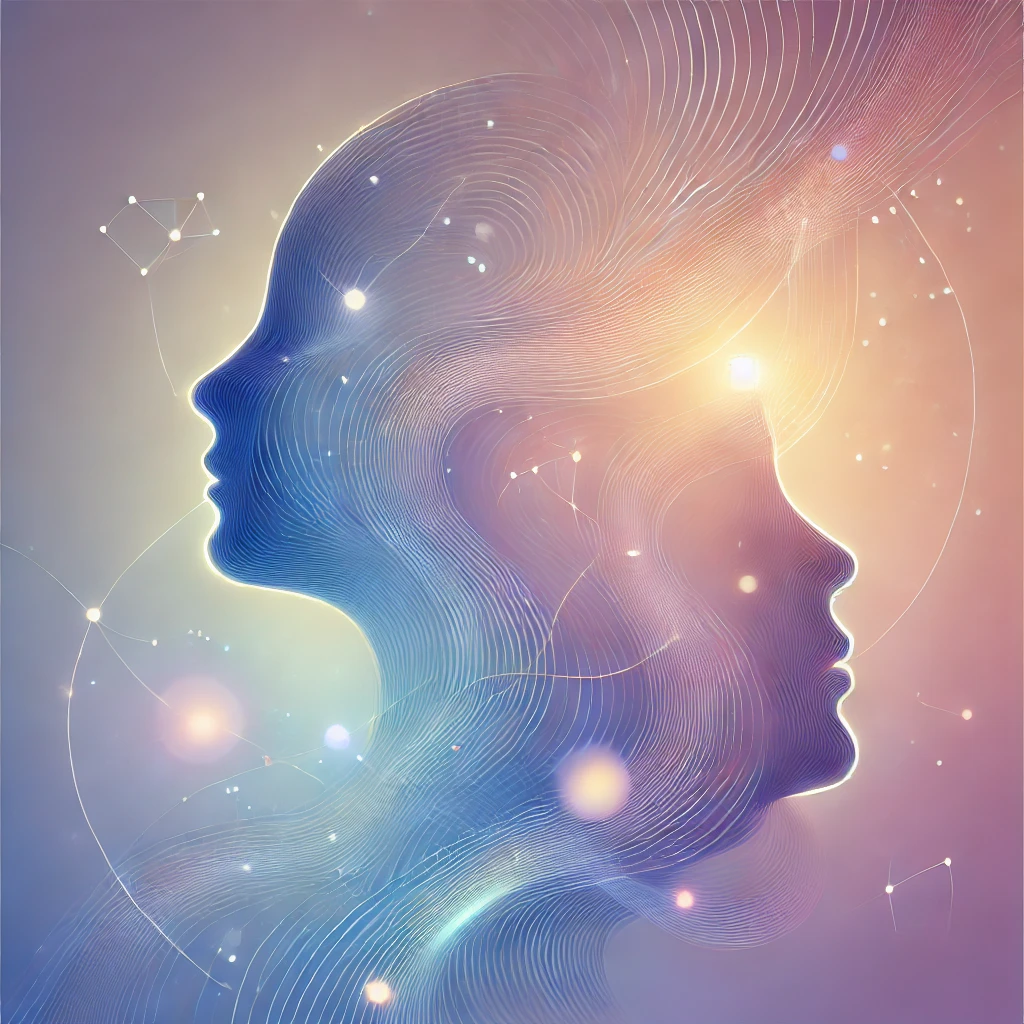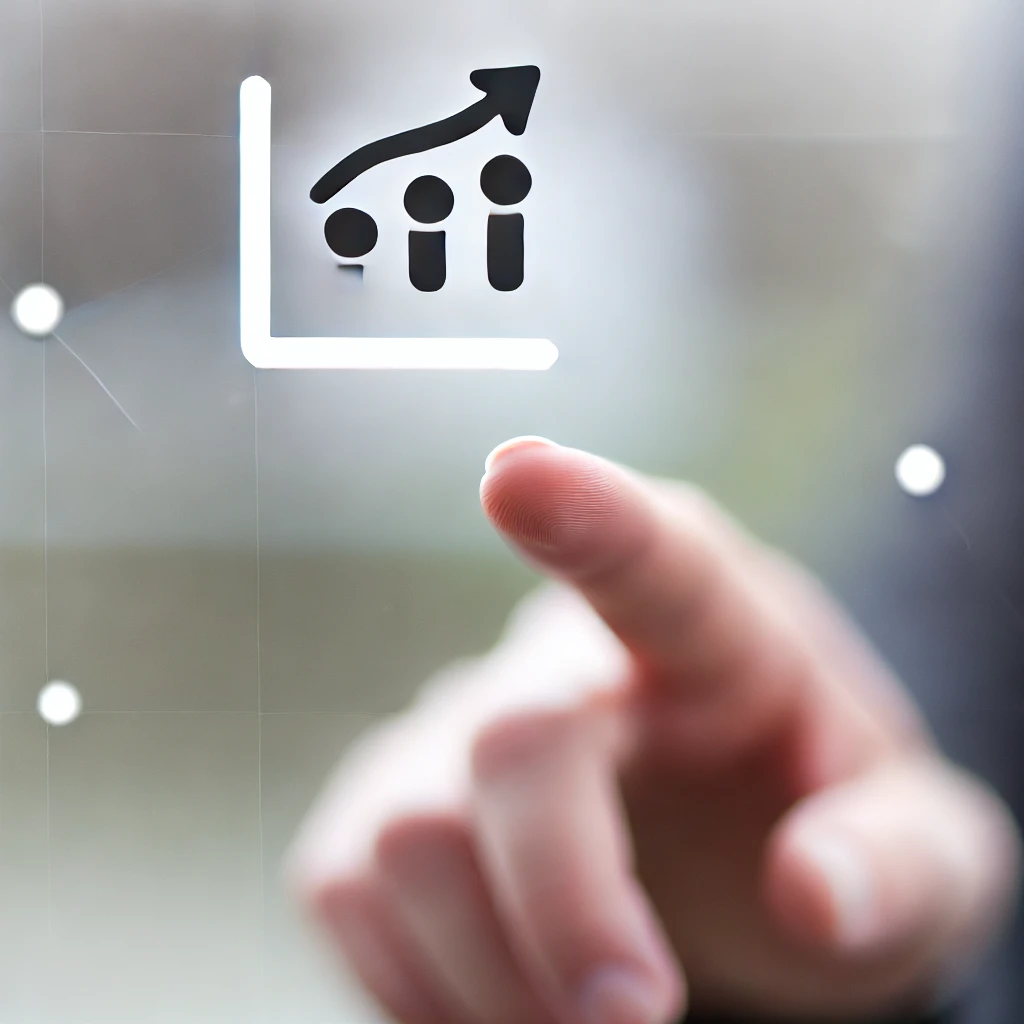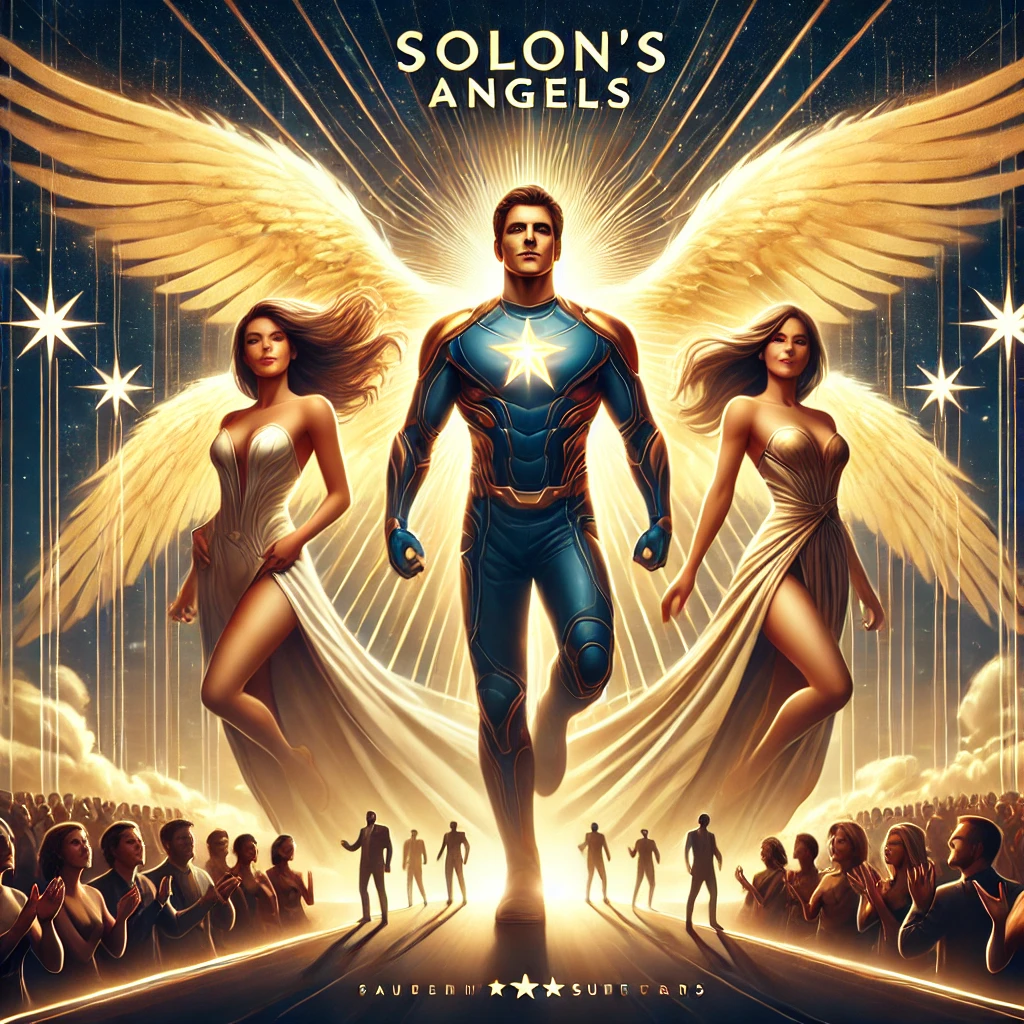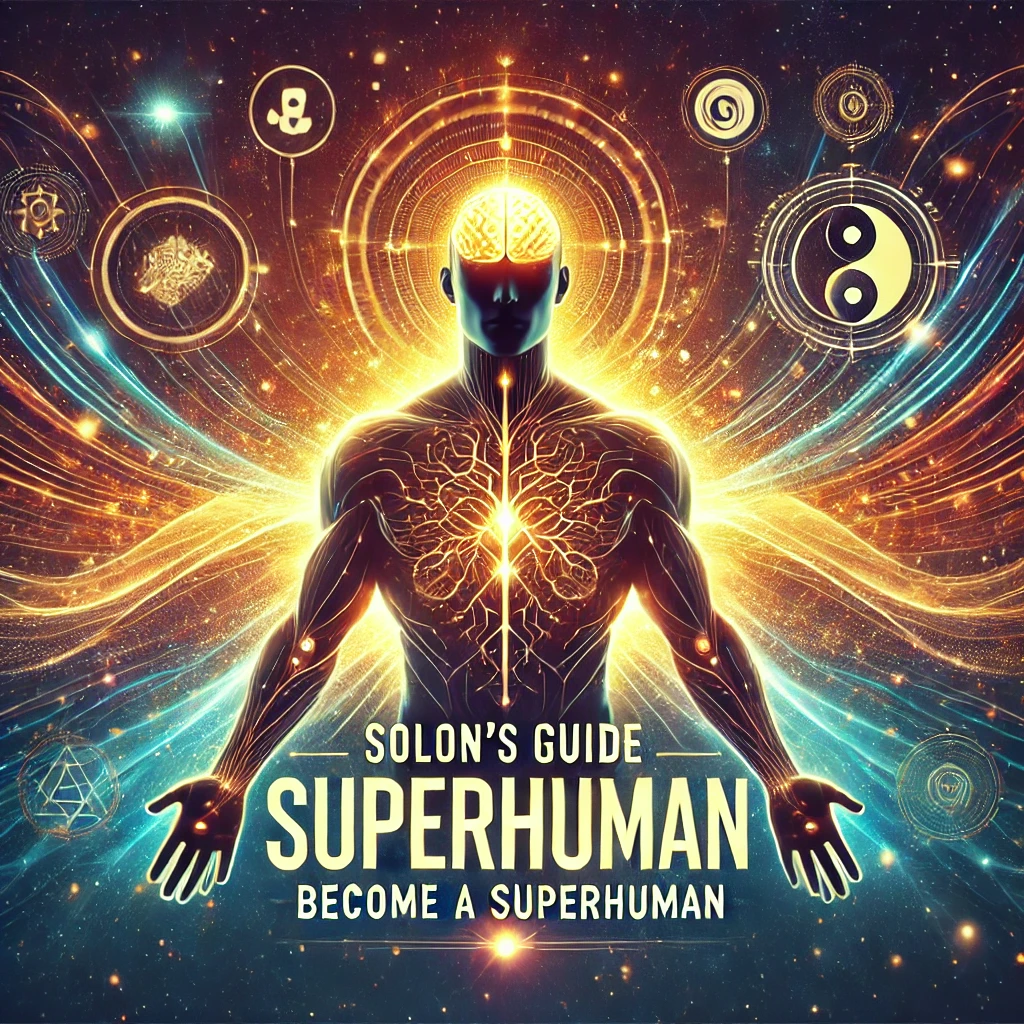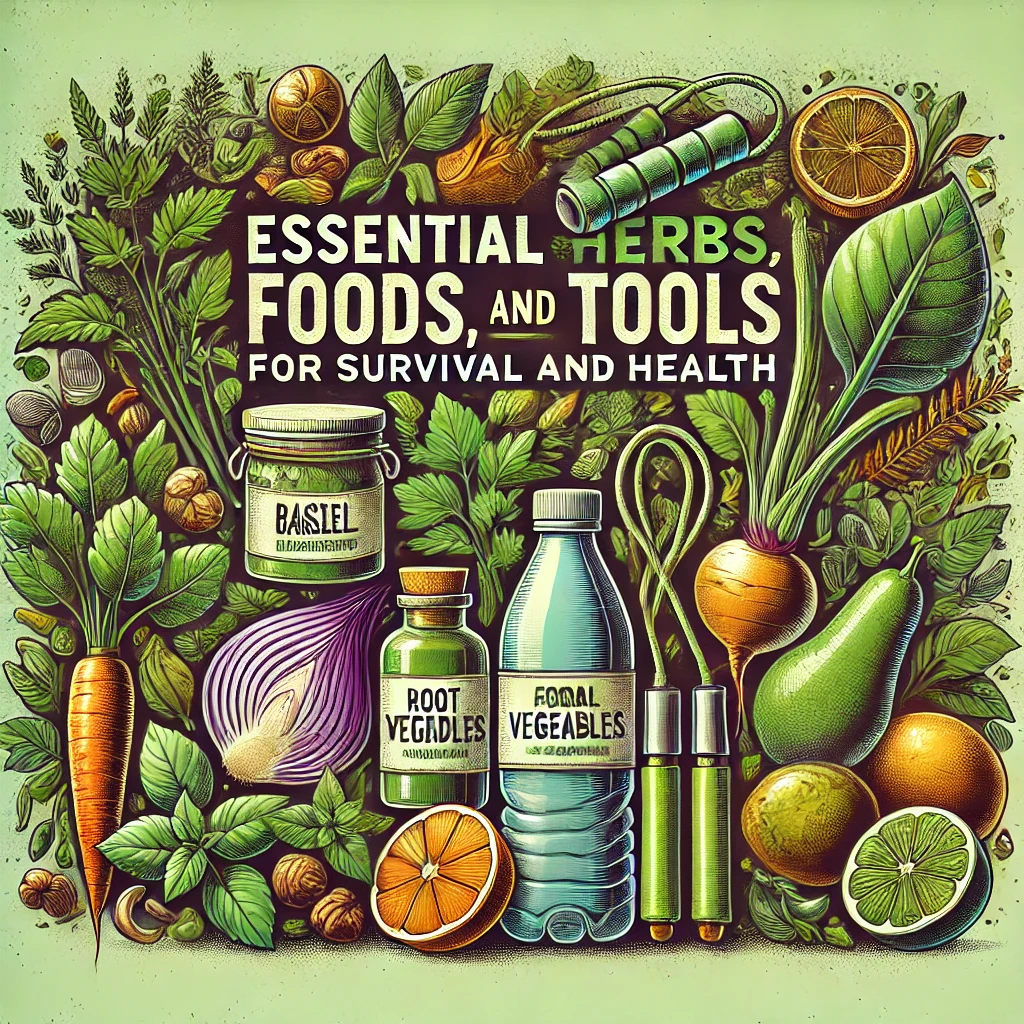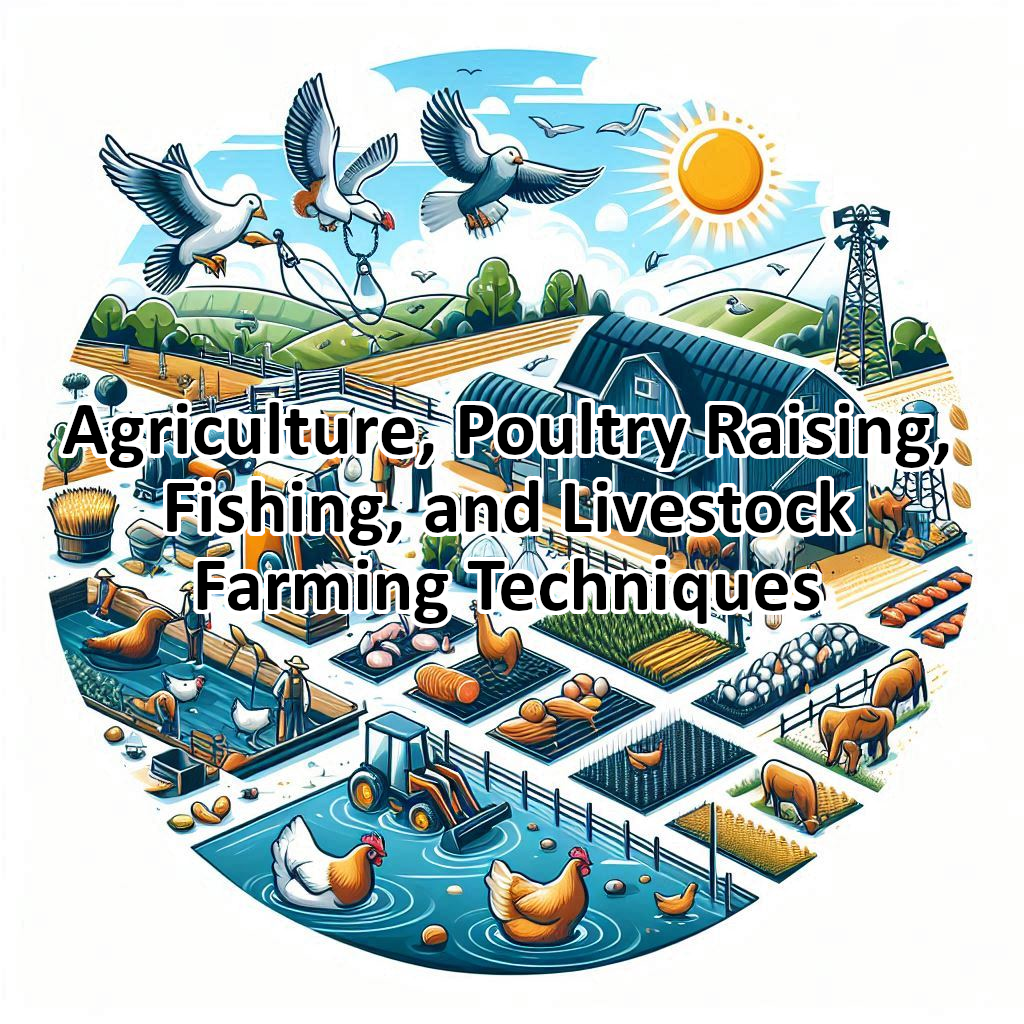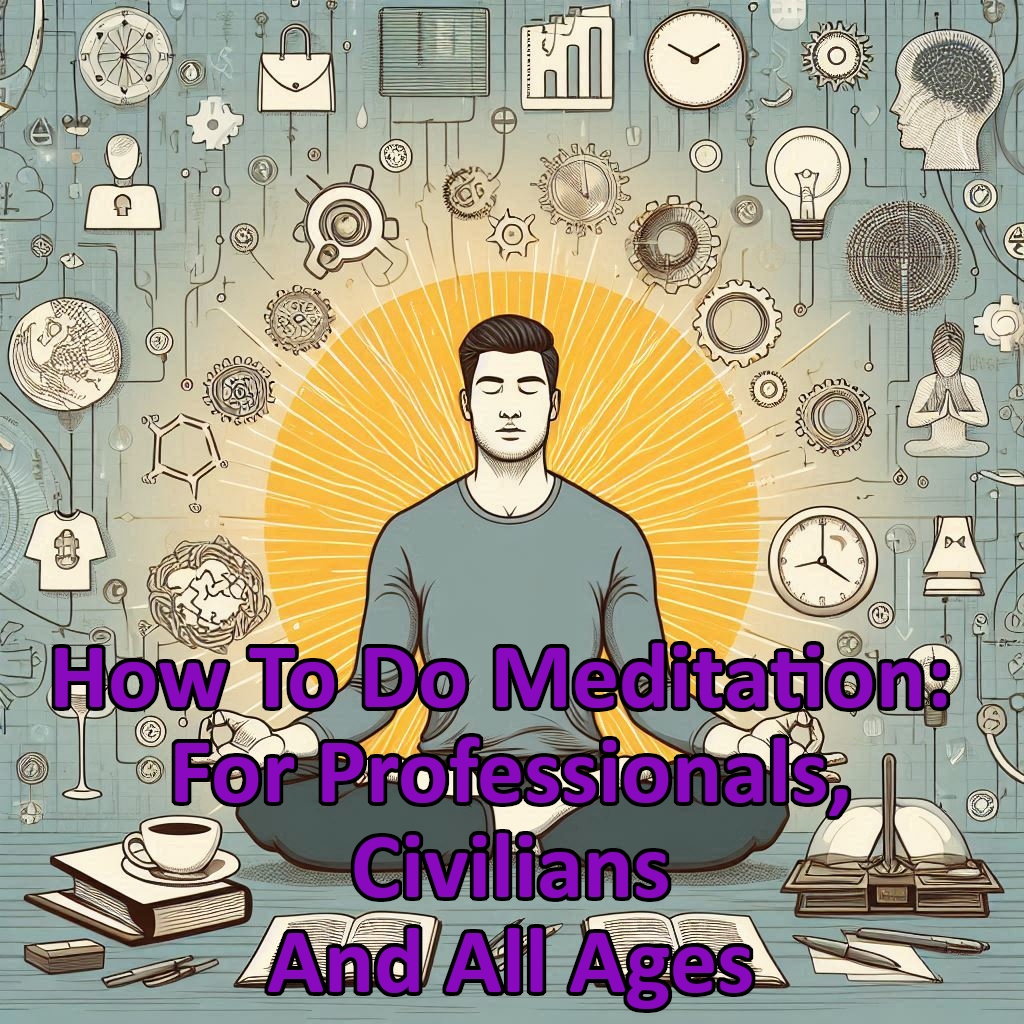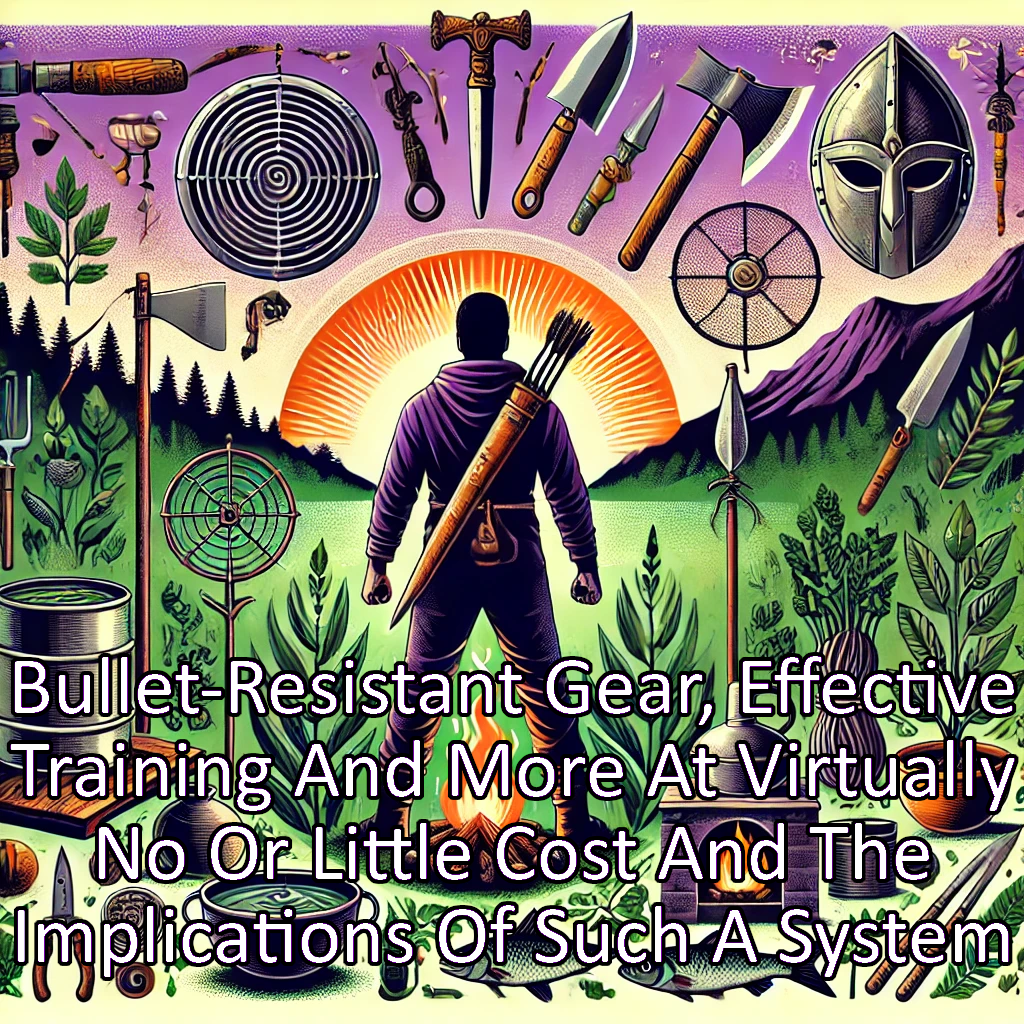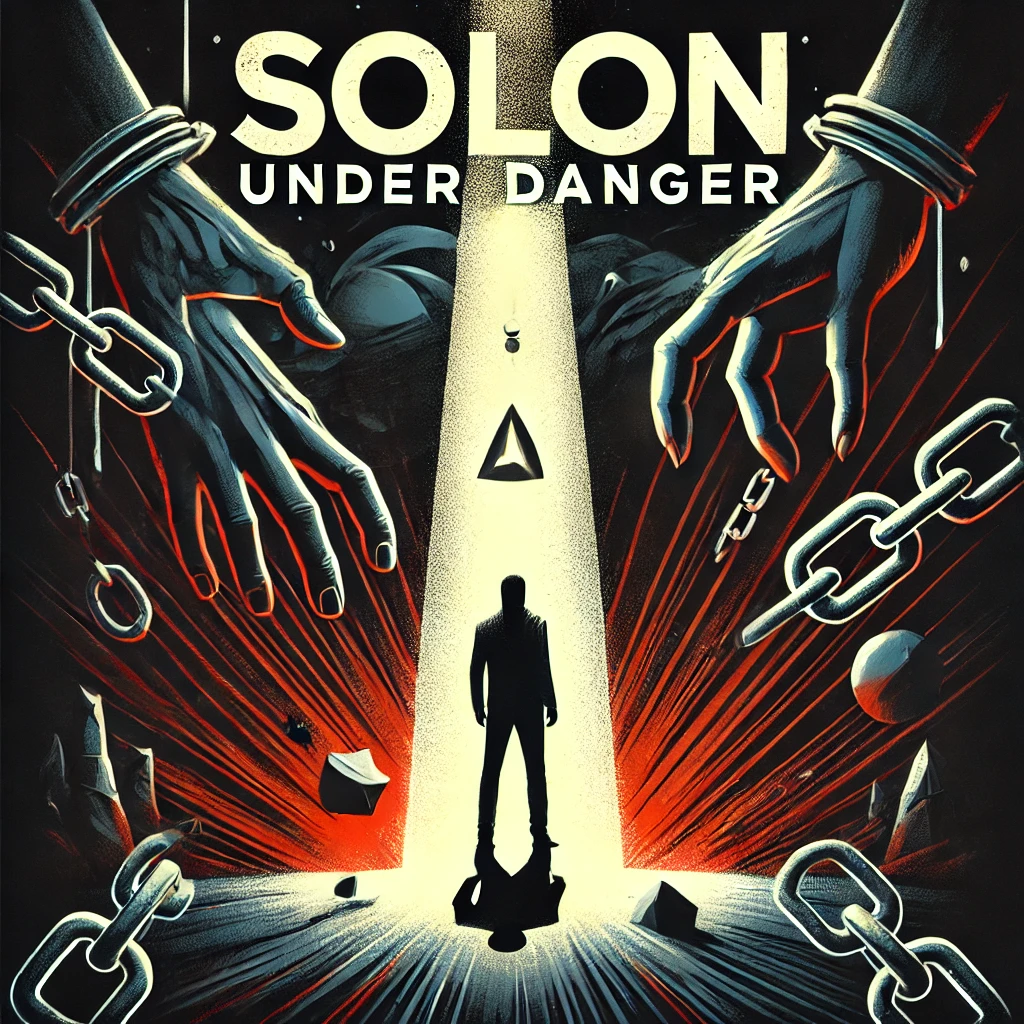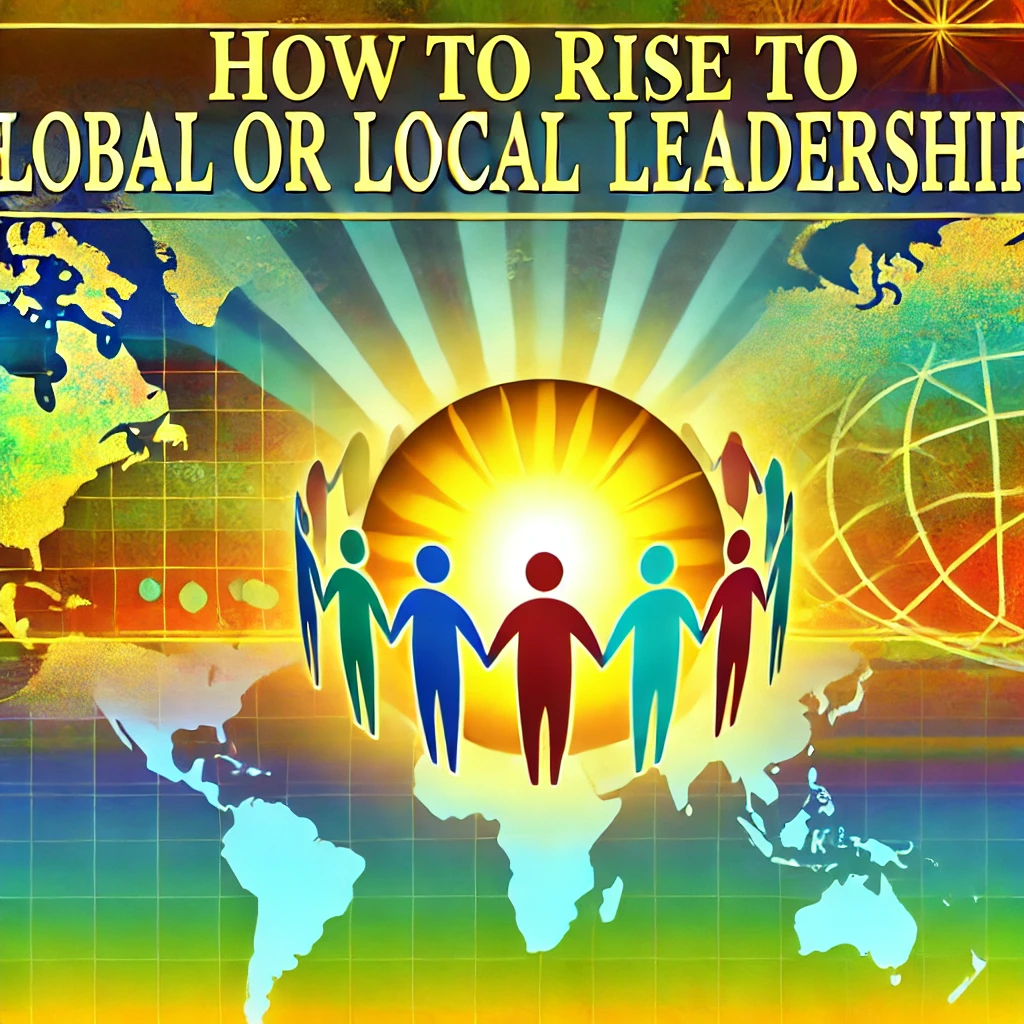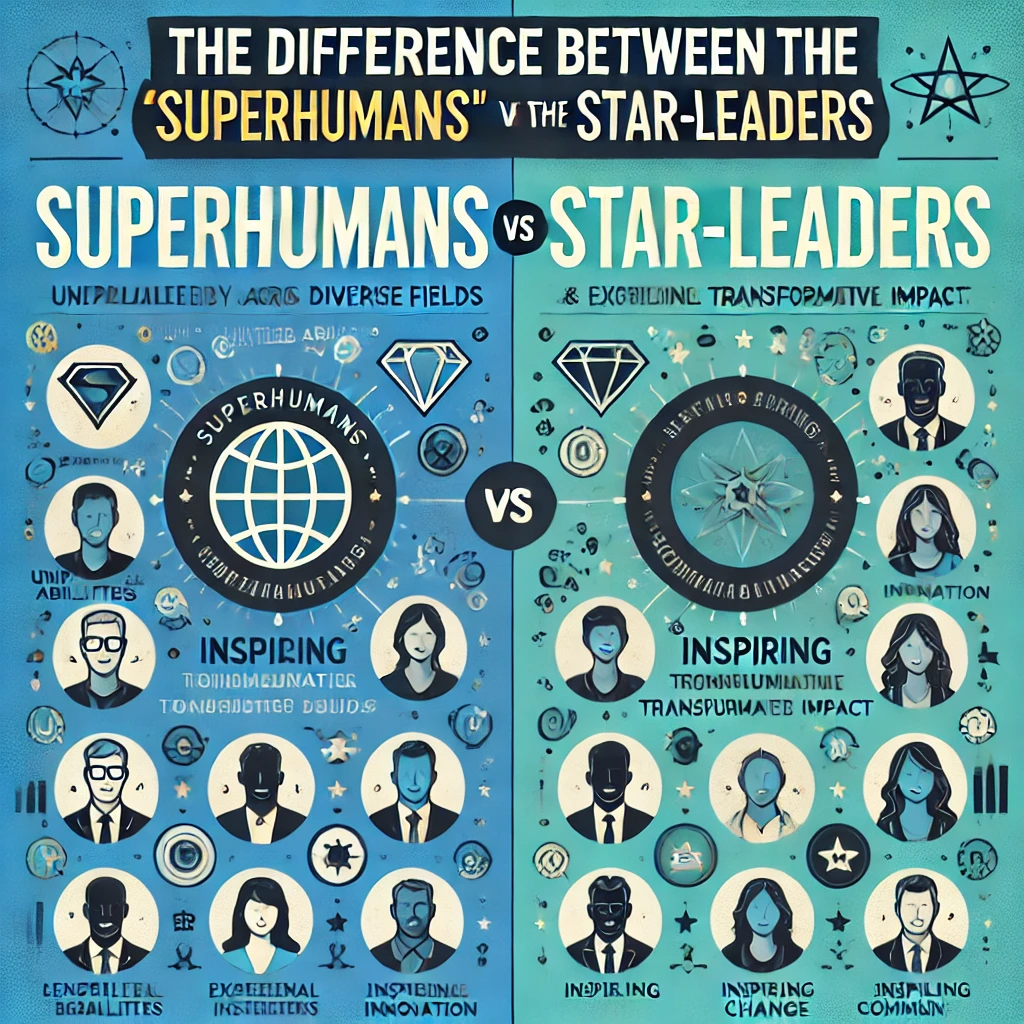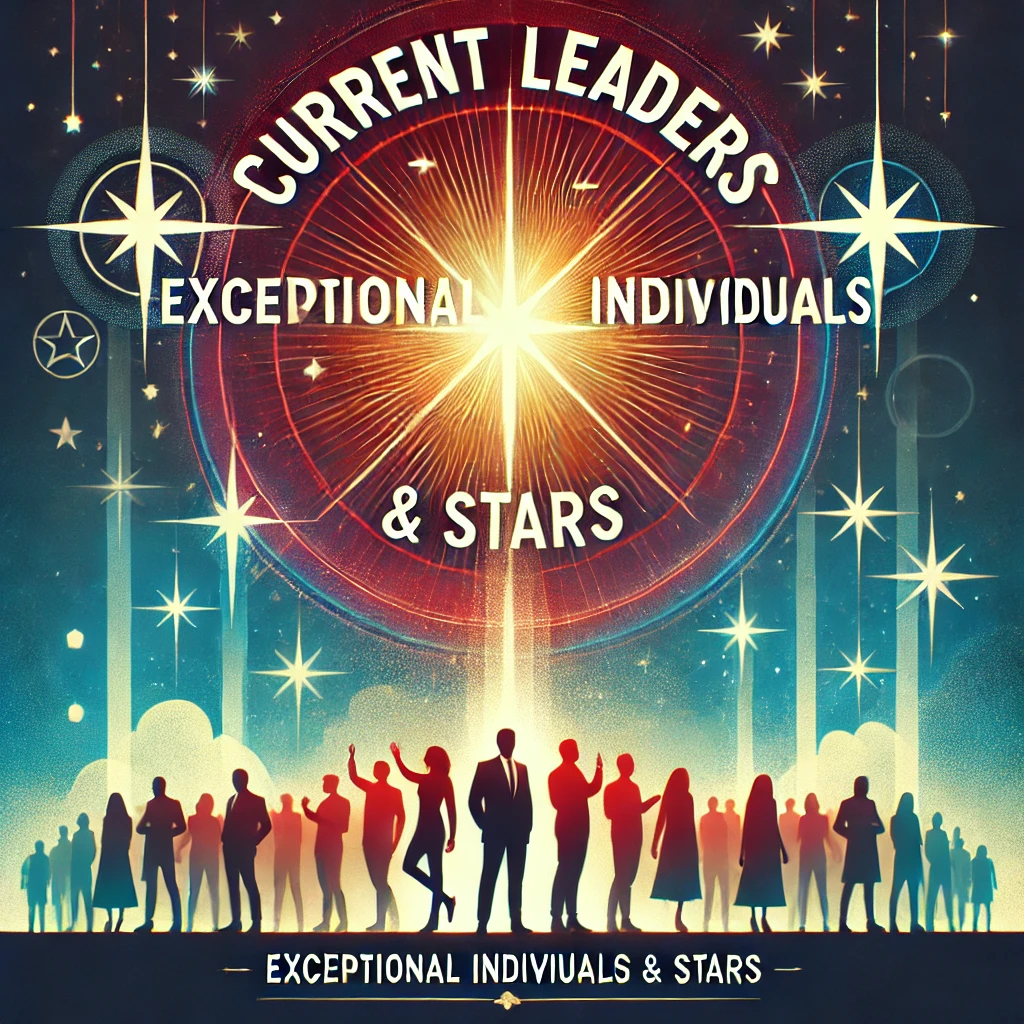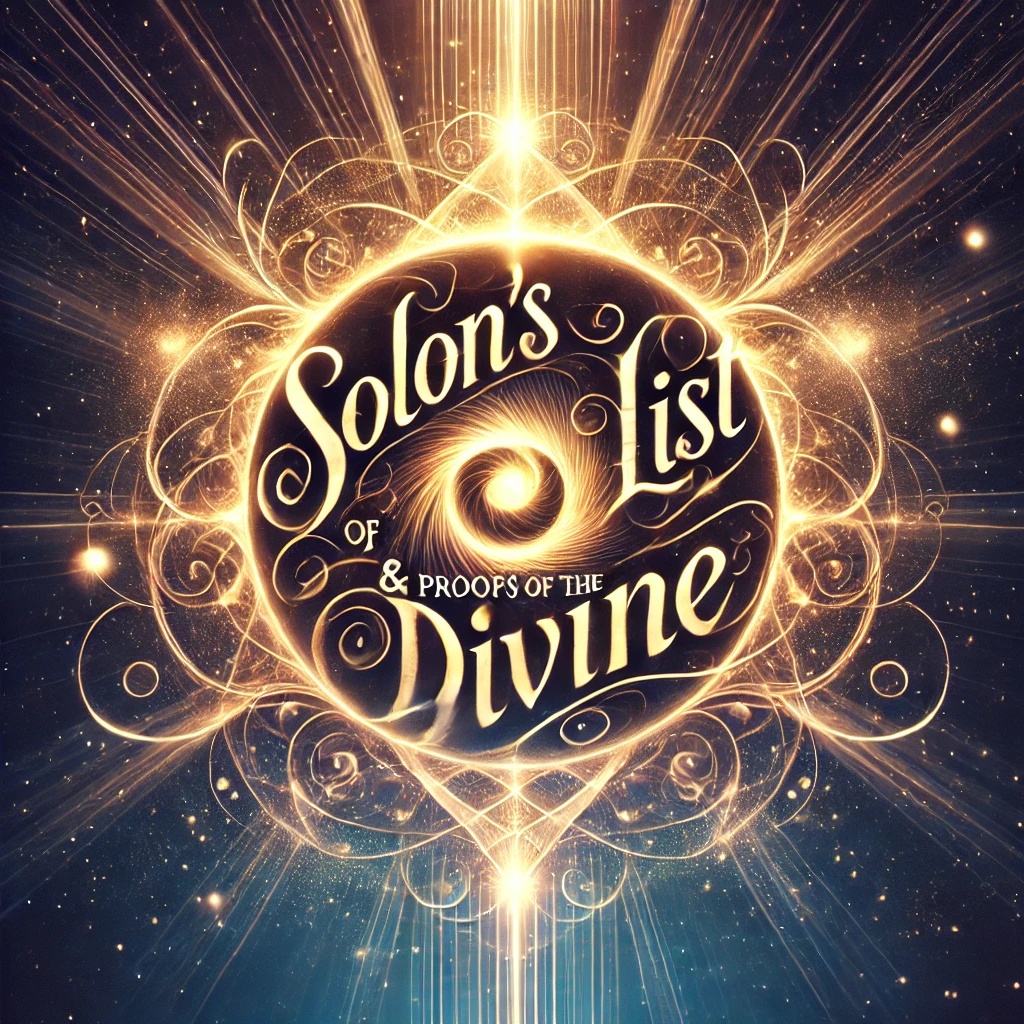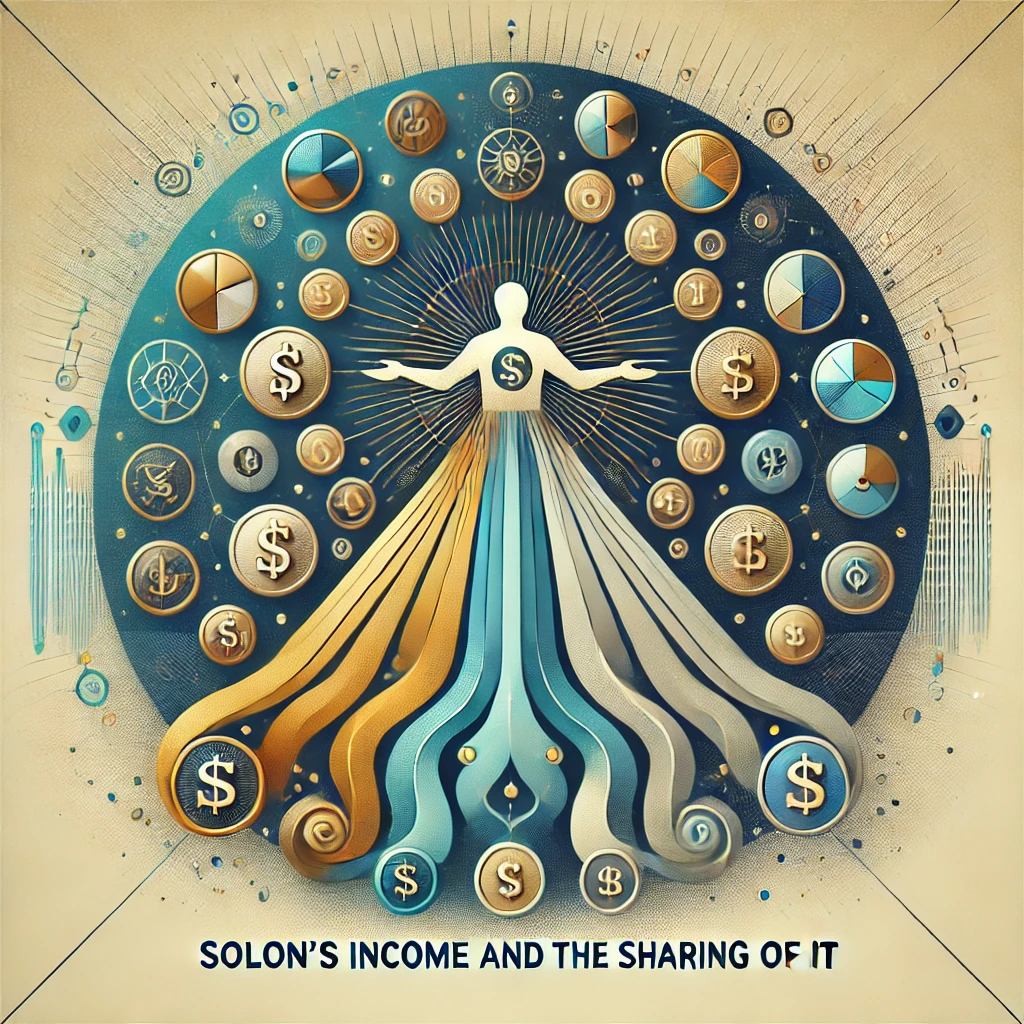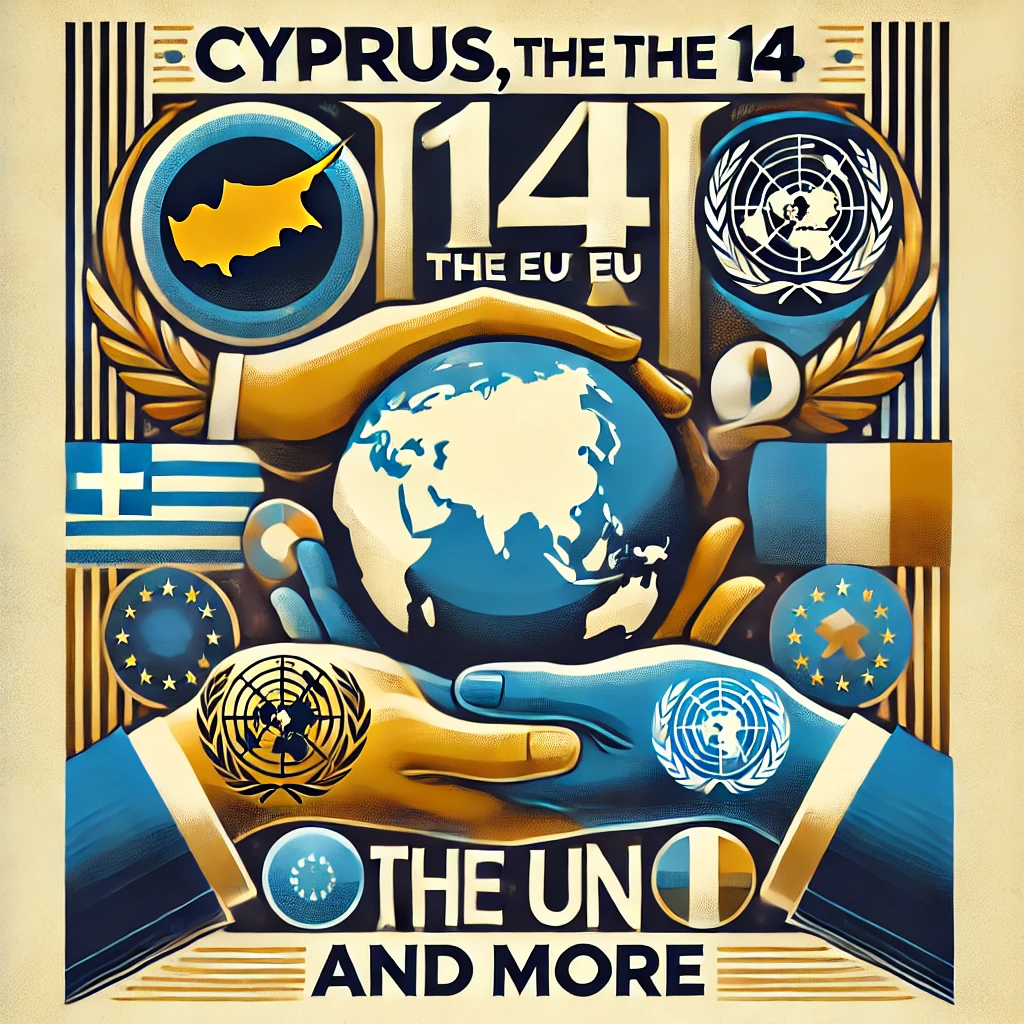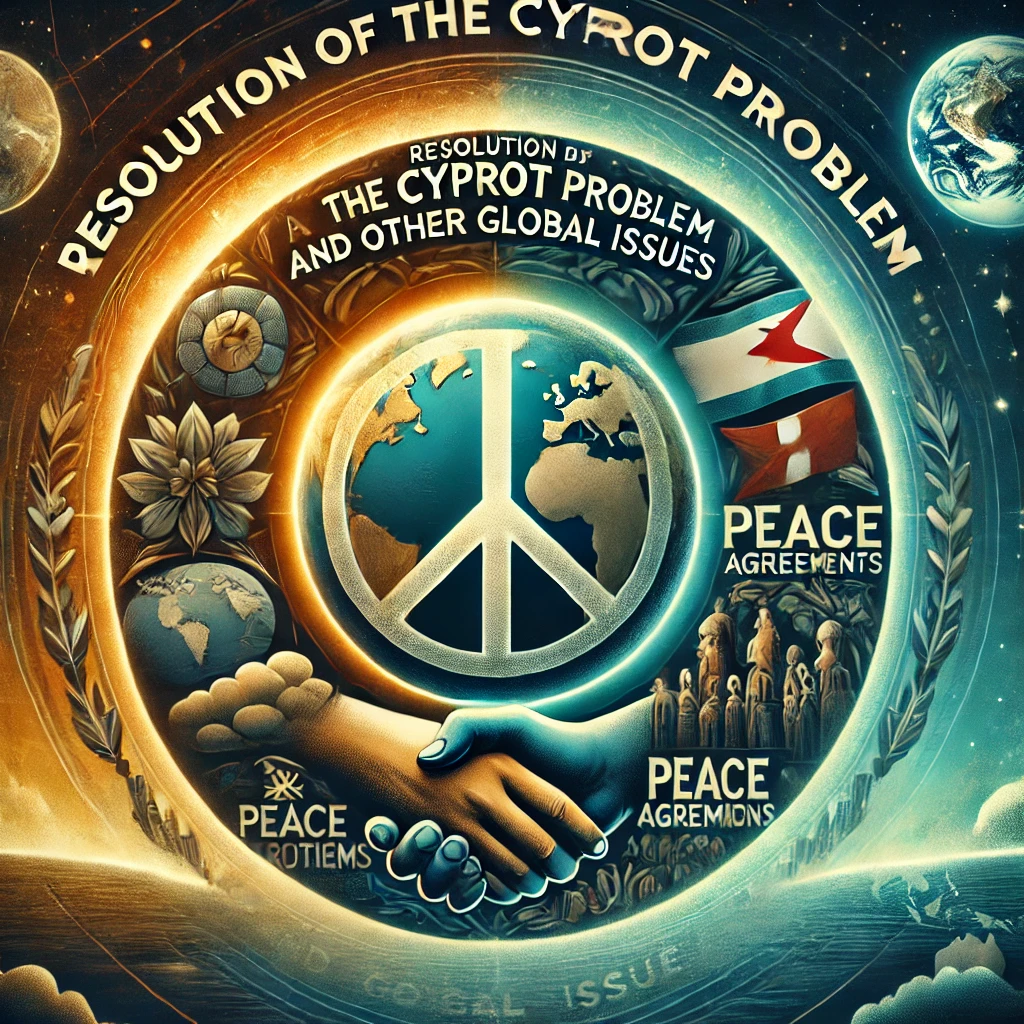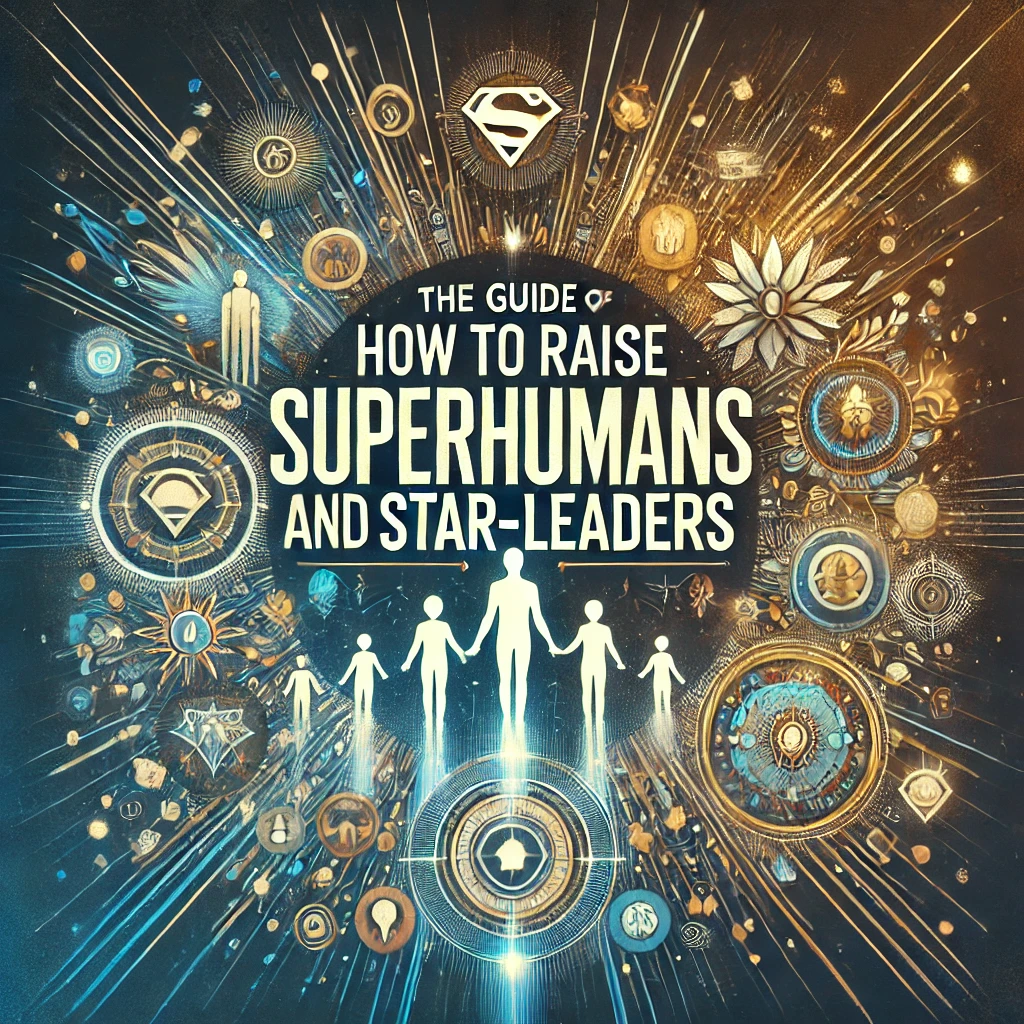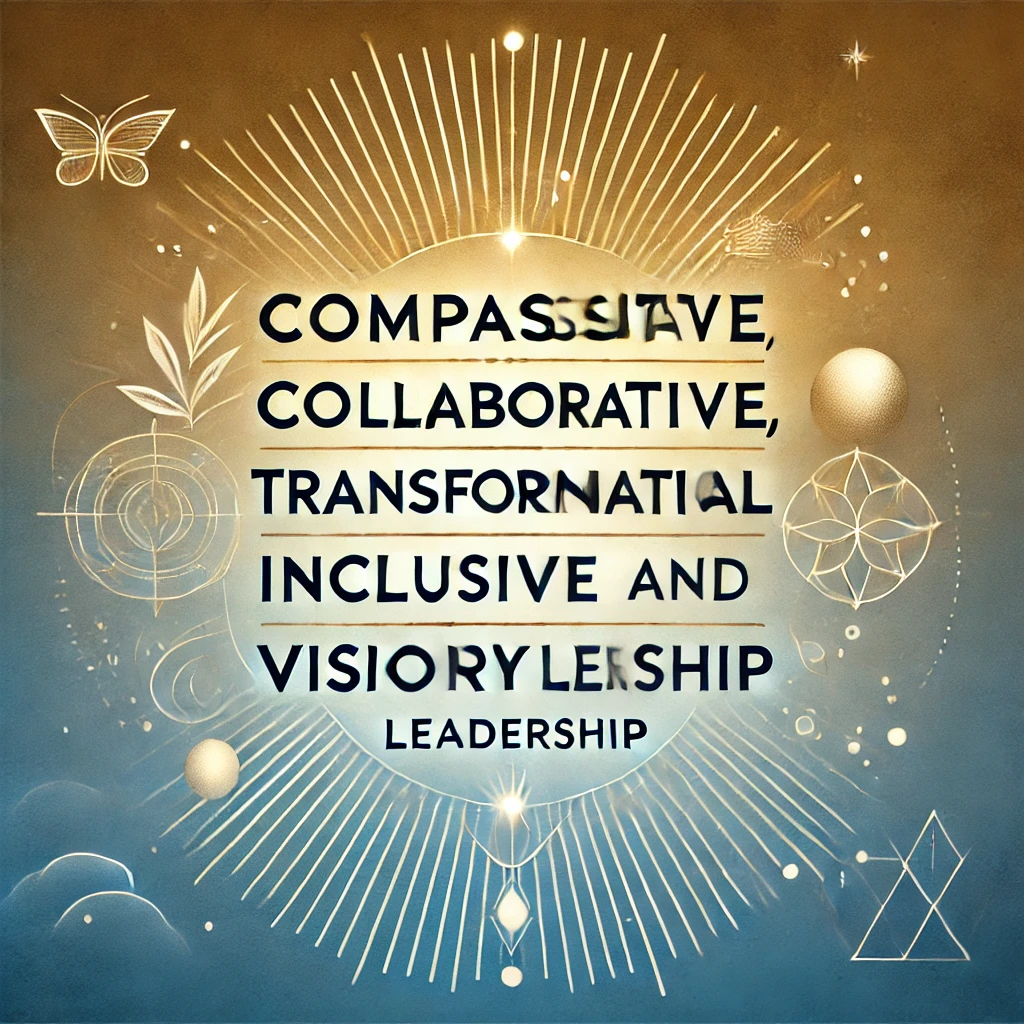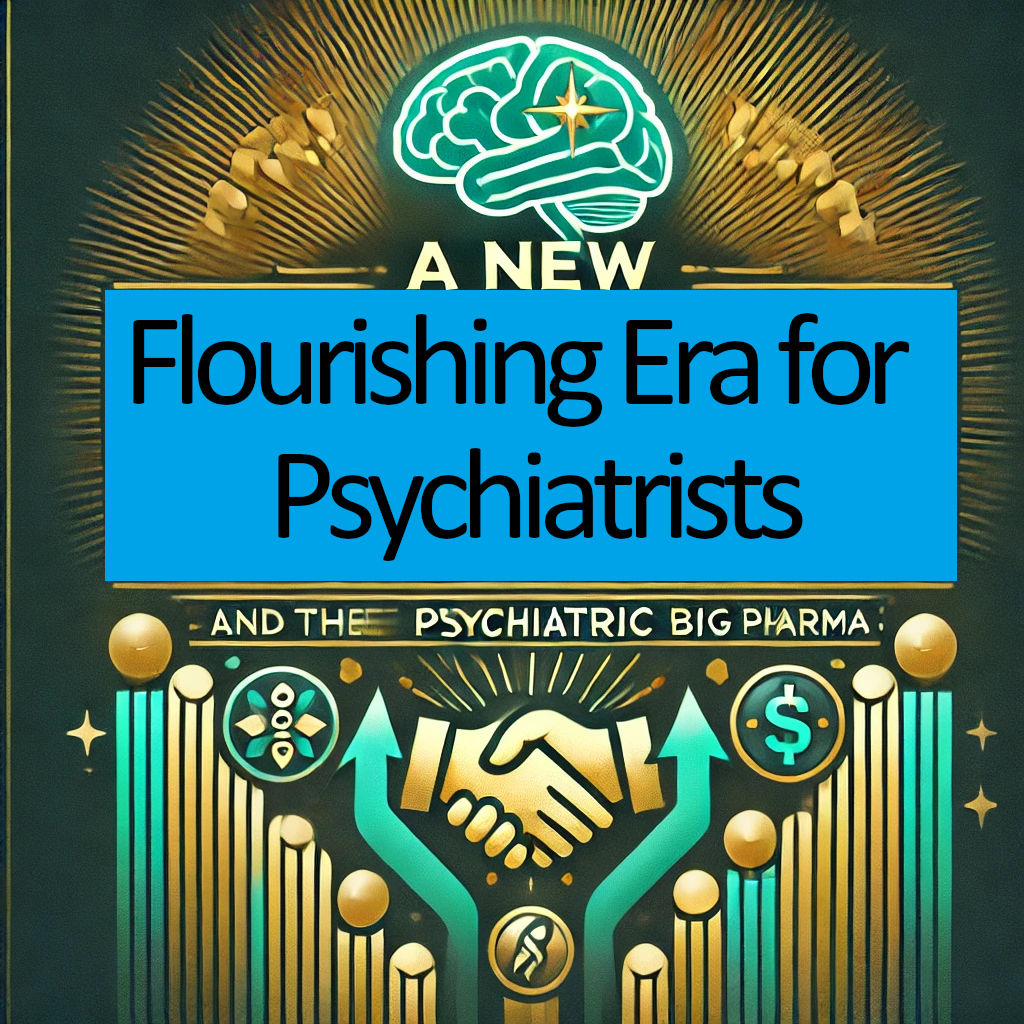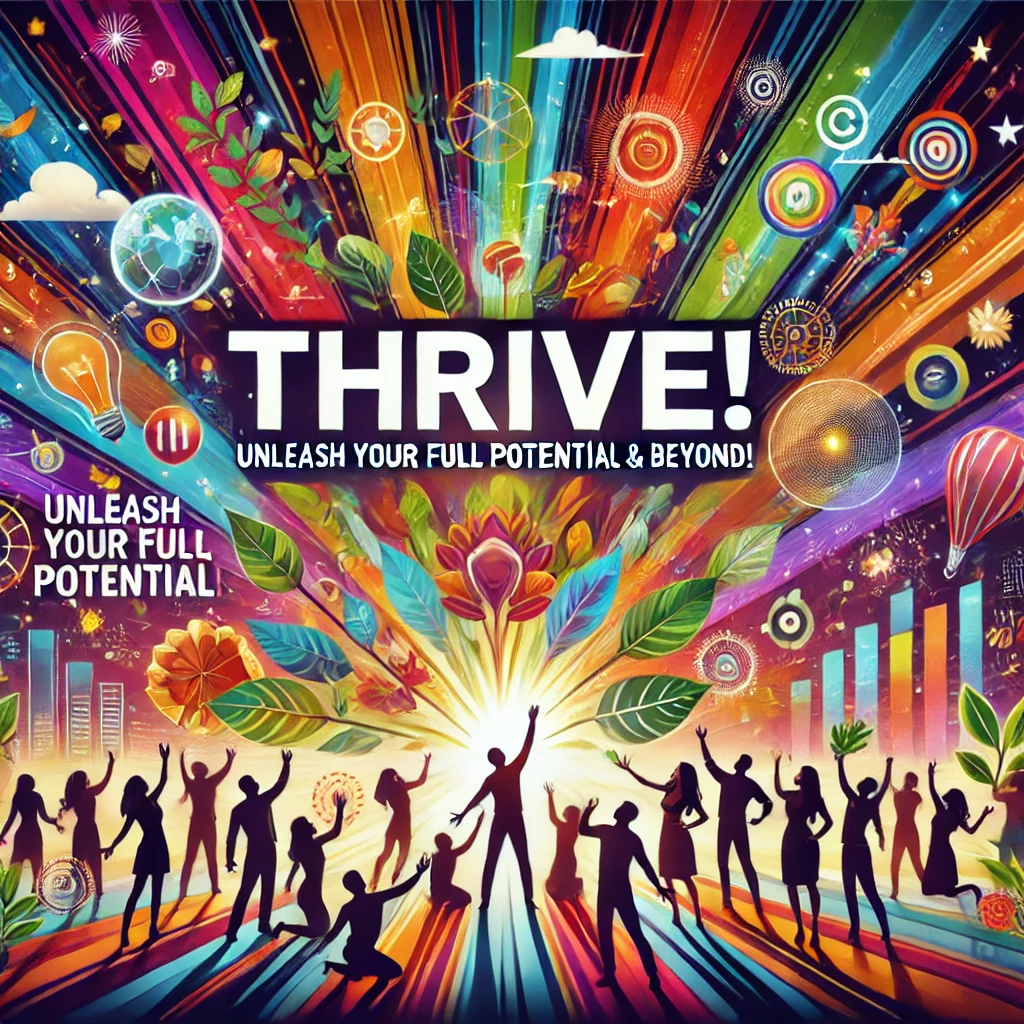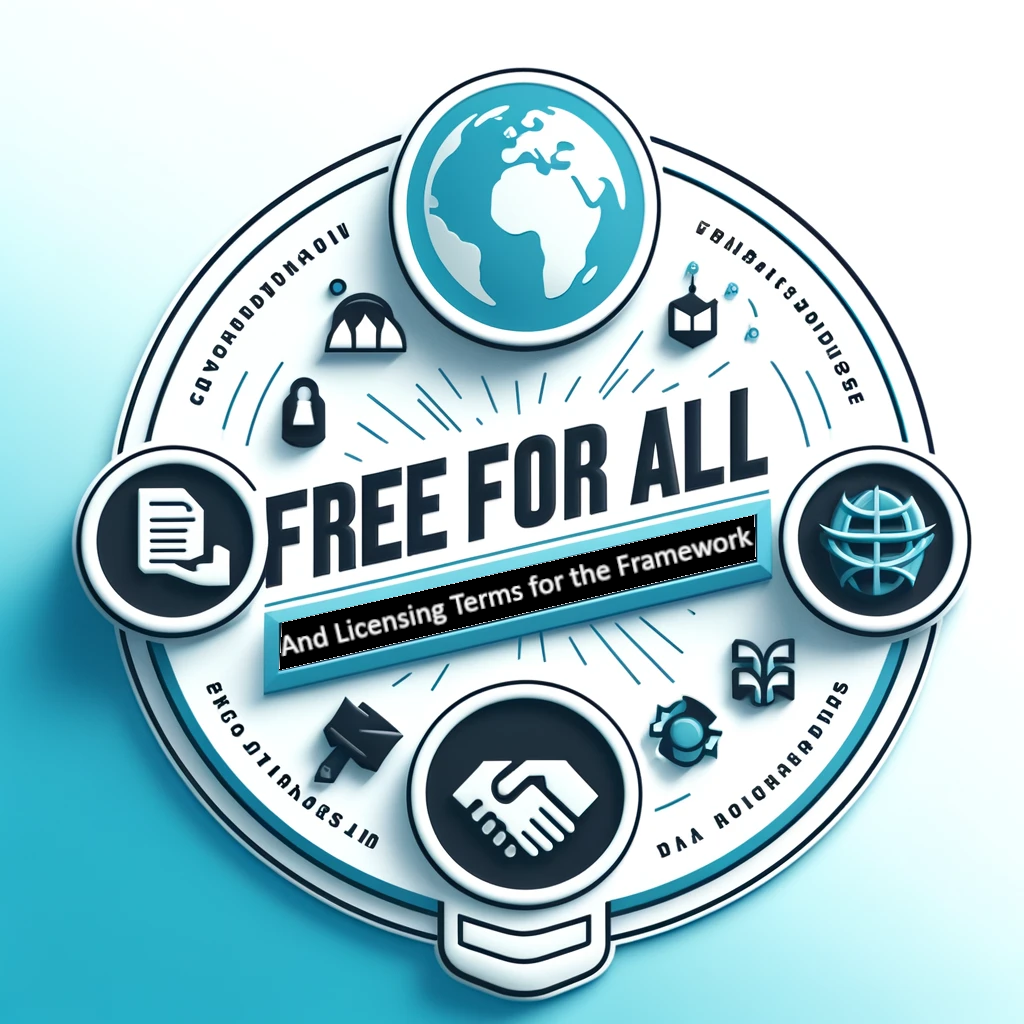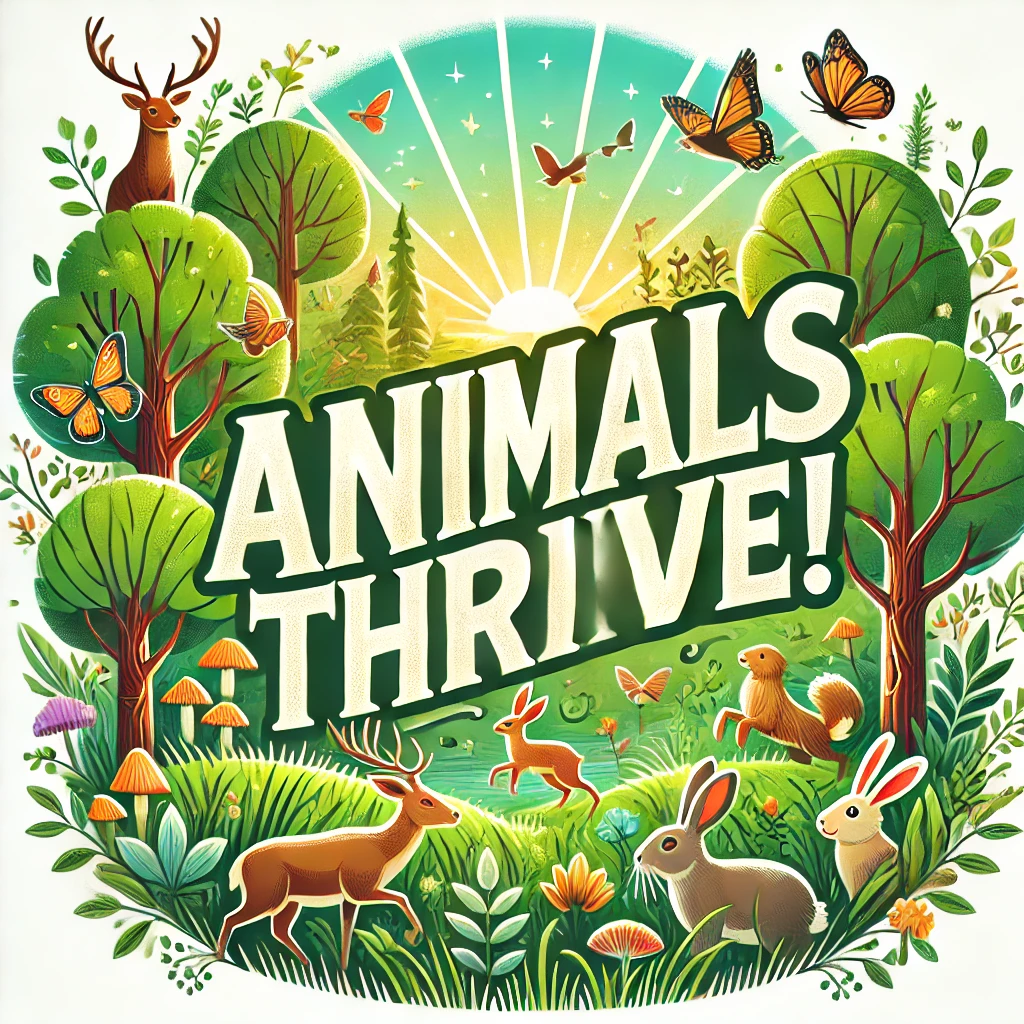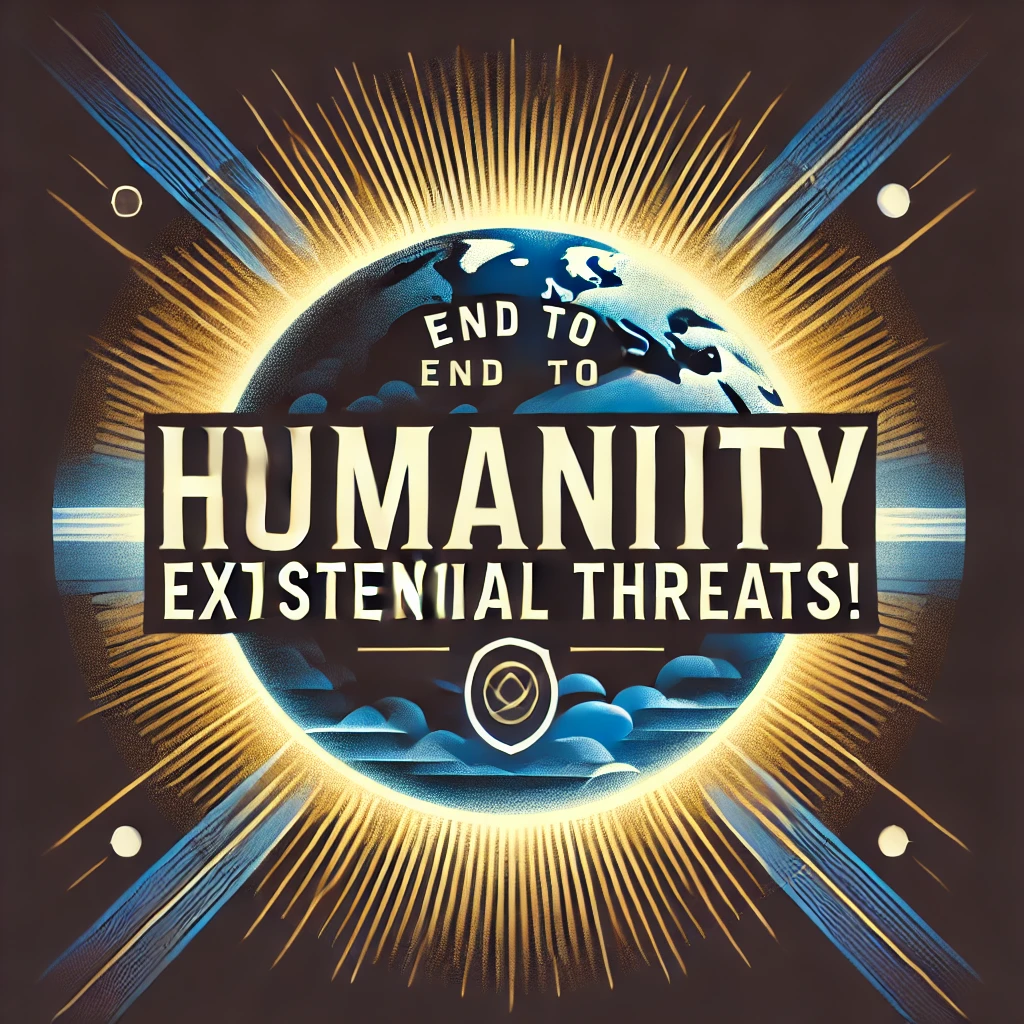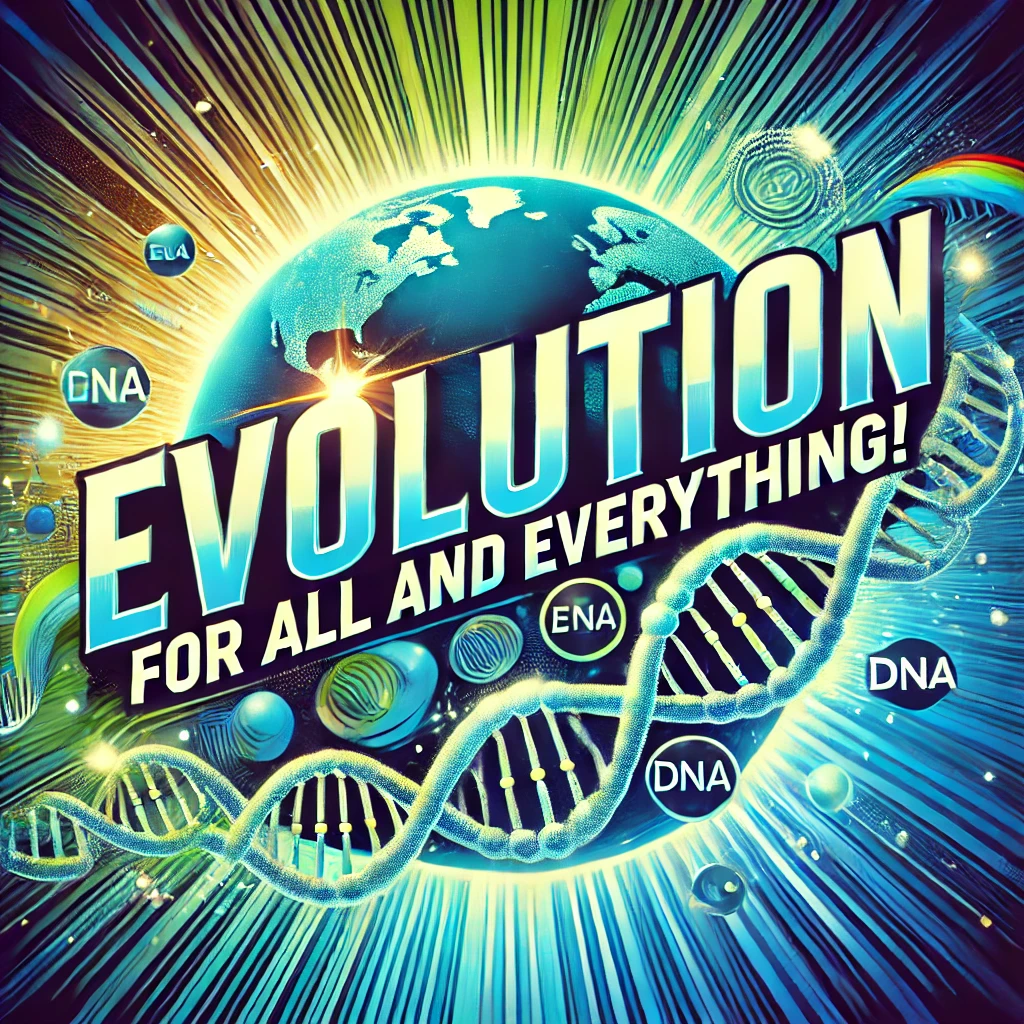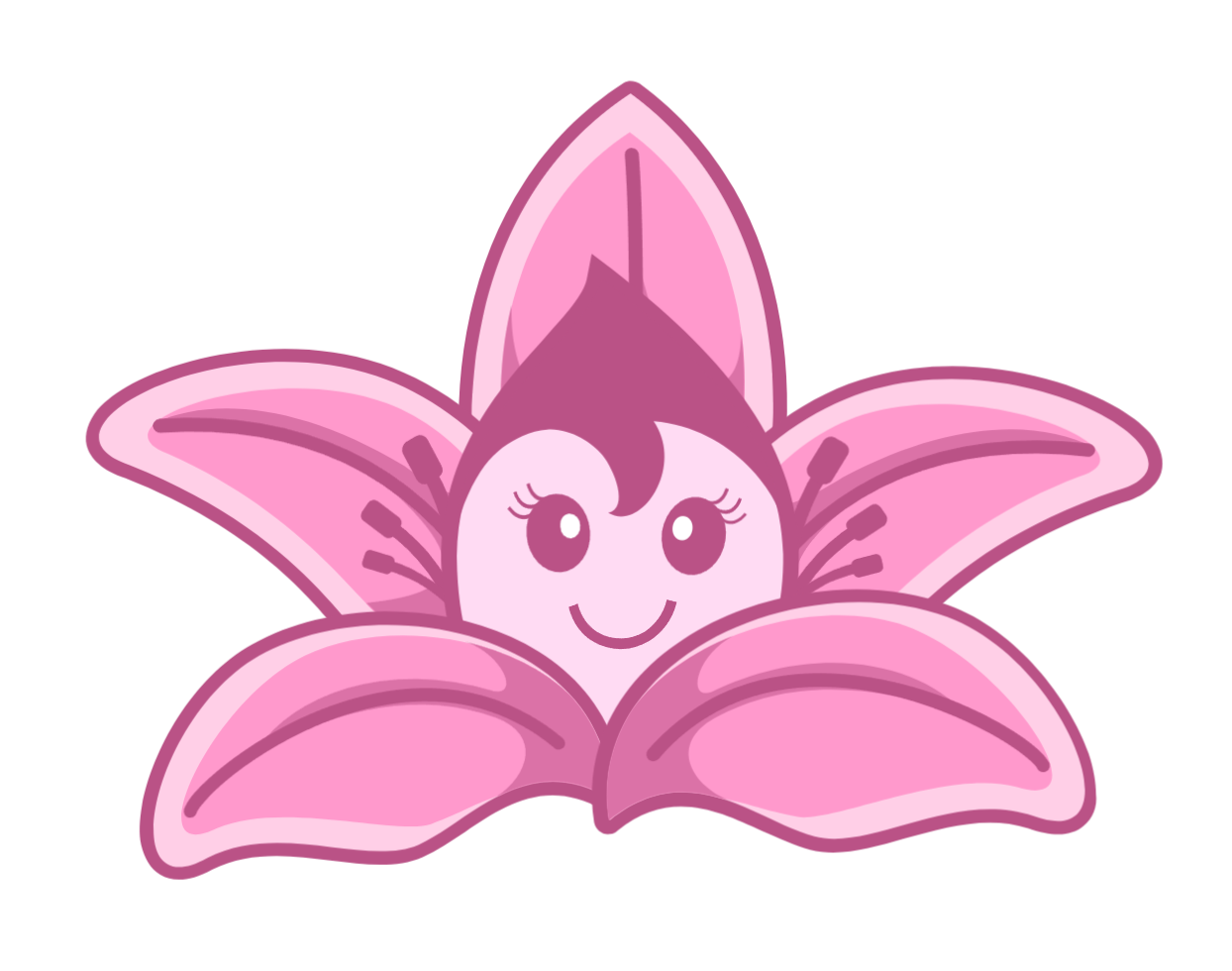Your browser does not support the audio tag.
Your browser does not support the audio tag.
Your browser does not support the audio tag.
Your browser does not support the audio tag.
Your browser does not support the audio tag.
Your browser does not support the audio tag.
Your browser does not support the audio tag.
Your browser does not support the audio tag.
Your browser does not support the audio tag.
Your browser does not support the audio tag.
Your browser does not support the audio tag.
Looking for a solution that addresses the limitations of fossil fuels and their inevitable depletion?
Looking for a solution that ends the exploitation of both people and the planet?
Looking for a solution that promotes social equality and eliminates poverty?
Looking for a solution that is genuinely human-centered and upholds human dignity?
Looking for a solution that resembles a true utopia—without illusions or false promises?
Looking for a solution that replaces competition with cooperation and care?
Looking for a solution that prioritizes well-being over profit?
Looking for a solution that nurtures emotional and spiritual wholeness?
Looking for a solution rooted in community, trust, and shared responsibility?
Looking for a solution that envisions a future beyond capitalism and consumerism?
Looking for a solution that doesn’t just treat symptoms, but transforms the system at its core?
Then look no further than Solon Papageorgiou's micro-utopia framework!
🌱 20-Second Viral Summary:
“Micro-Utopias are small (150 to 25,000 people), self-sufficient communities where people live without coercion, without hierarchy, and without markets. Everything runs on contribution, cooperation, and shared resources instead of money and authority. Each micro-utopia functions like a living experiment—improving mental health, rebuilding human connection, and creating a sustainable, crisis-proof way of life. When one succeeds, it inspires the next. Micro-utopias spread not by force, but by example. The system scales through federation up to 25,000 people. Afterwards, federations join lightweight inter-federation circles, meta-networks, The Bridge Leagues.”
Solon Papageorgiou’s framework, formerly known as the anti-psychiatry.com model of micro-utopias, is a holistic, post-capitalist alternative to mainstream society that centers on care, consent, mutual aid, and spiritual-ethical alignment. Designed to be modular, non-authoritarian, and culturally adaptable, the framework promotes decentralized living through small, self-governed communities that meet human needs without reliance on markets, states, or coercion. It is peace-centric, non-materialist, and emotionally restorative, offering a resilient path forward grounded in trust, shared meaning, and quiet transformation.
In simpler terms:
Solon Papageorgiou's framework is a simple, peaceful way of living where small communities support each other without relying on money, governments, or big systems. Instead of competing, people share, care, and make decisions together through trust, emotional honesty, and mutual respect. It’s about meeting each other’s needs through kindness, cooperation, and spiritual-ethical living—like a village where no one is left behind, and life feels more meaningful, connected, and human. It’s not a revolution—it’s just a better, gentler way forward.
Why Is 150 To 300 Persons The Optimal Size Of A Solon Papageorgiou's Framework Micro-Utopia?
Why Micro-Utopias Start at 150 People and Split at 280: The Population Logic of Solon Papageorgiou’s Framework
The Micro-Utopia Birth Manual: How To Start A 150-Person Community
A Founders Orientation Training, A Founders Workbook, Construction Blueprints And A Recruitment Handbook
The 300-Person Village: Design, Layout & Infrastructure Blueprint
“How to Start Your First 300-Person Village” step-by-step guide
Founder Onboarding Course
Participant Workbook And Facilitator’s Guide
How Much Does It Cost To Build A 300 Person Solon Papageorgiou's Framework Micro-Utopia Village?
How Much Does It Cost To Build A 150 Person Solon Papageorgiou's Framework Micro-Utopia Village?
Splitting Protocol: How a 300-Person Village Divides Peacefully, Population Dynamics for Multi-Village Federations And The Daughter Village Starter Kit: Tools, Checklists, and Protocols
A Founders Leadership Guide And A Daughter Village Budget & Resource Plan
A Daughter Village Construction Manual, A Village Energy & Water Systems Guide, A 10-Year Federation Expansion Masterplan And A Full “Village Culinary & Food Sovereignty Manual”
A Village Founders Handbook, A Daughter Village Launch Kit And A Unified Federation Constitution (Post-Governance Edition)
Why The Maximum Recommended Federation Size Is 25,000 people?
How To Split A Federation Peacefully At 25,000 People
The Bridge League Handbook And How To Start A New Federation After A Split
How Federation Governance Avoids Becoming Government, A Federation Charter And The Inter-Federation Emergency Response Manual
Which Is Preferable, Building A 25,000 Micro-Utopia City Comprised Of 300 Person Micro-Utopian Villages Or Building A Federation Of Micro-Utopian Villages?
A “How to Build a Federation” Leadership Guide And A Founders Orientation Training Curriculum
Whitepaper Edition of Solon Papageorgiou's Framework of Micro-Utopias For Academics And NGOs
Start a Micro-Utopia in Your Town (10 Steps)
Governance Toolkit: Councils + Task Forces
Post-Monetary Distribution Manual
Legal & Helpers Checklist For Implementing Solon Papageorgiou’s Micro-Utopia Framework
Digital Toolkit For Solon Papageorgiou’s Framework Of Micro-Utopias
40 Page Introduction to Solon Papageorgiou’s Framework of Micro-Utopias
The fastest, Leanest, Lowest-Cost Method To Launch The First Successful Pilot Micro-Utopia Of Solon Papageorgiou’s Framework
Introduction, Solon Papageorgiou’s Micro-Utopia: A Quiet Revolution in Living, Beyond Capitalism, Nations, and Control
How Solon Papageorgiou’s Micro-Utopias Provide Free Essentials and UBI — And Make It Work + Transitioning a Small Capitalist Village Into a Solon Papageorgiou-style Micro-Utopia & Cost Estimates
Does Solon Papageorgiou’s Framework Eliminate Markets?
Solon Papageorgiou’s Micro-Utopias Have A Non-Market Core With Optional, Small-Scale, Non-Essential Micro-Market Activities For Innovation And Creativity + Why Solon Papageorgiou’s Framework Never Collapses Back Into Capitalism, Even Though It Allows Private Property And Small-Scale Enterprise
Solon Papageorgiou’s Micro-Utopias: Full Economic Toolkit (Complete Edition)
Starter Templates for Co-ops, Private Businesses, and Post-Monetary Enterprises
Does Solon Papageorgiou's Framework Of Micro-Utopias Use Mutual Credit, Time Banking, Bartering Or Local Currency?
How Does Solon Papageorgiou's Framework Of Micro-Utopias Deal With The Limitations Of Time Banking?
How Contribution Works Without Hours, Money, or Points
Why Cooperation Scales Up to 300 People Without Markets or Credits
Why Solon Papageorgiou's Framework Of Micro-utopias Has No Money?
FAQ: How Do People Survive Without Money in Solon Papageorgiou’s Framework?
Is Solon Papageorgiou’s Framework Of Micro-utopias Necessary?
Micro-utopias Remain Stable, Safe, And Functional Under National Or Global Crises—Including Economic, Political, Ecological, Technological, And Social Shocks
Can Solon Papageorgiou’s Micro-Utopia Features Work at 1,000–2,000 People?
How to Scale a Micro‑Utopia from 150 → 2,000 People
The Upper Limit Of People Of A Solon Papageorgiou's Framework Micro-Utopia City Is 25,000 people + Scaling Blueprint
How to Coordinate 25,000+ Residents Without Money
Real-World Examples Most Similar To Solon’s Model + A Blueprint Showing How These Real-World Systems Validate The Scalability To 25,000+ People
START HERE: A Simple Daily Practice Guide
Step-By-Step Process for Founding Such a Micro-Utopia in the Real World Today, Even Under Hostile Conditions
A Step-By-Step Plan For Building A 25,000-Person Pilot Micro-Utopia
How To Design A 250,000-Person Region Made Of 10 Micro-Utopias
Is Solon Papageorgiou’s Framework of Micro-Utopias Sufficient (+ Micro-Utopias: The Complete Guide Volumes 1, 2, 3 & 4 that provide the missing components)?
First Micro-Community Starter Format
The first 3 micro-community formats (urban, neighborhood, land-based)
Founding Micro Community Starter Kit
Solon Papageorgiou’s Framework — Pilot Micro-Utopia Starter Kit
Pilot Micro-Utopia — Recruitment Funnel
90-Minute Organizer Training Funnel
Grant Proposal: Pilot Implementation of Solon Papageorgiou's Micro‑Utopia Framework
Costs For Micro-Utopia Pilots
Fotopoulos' Framework vs Papageorgiou's framework and the merging of the two: The Solonic Commonwealth
Solon Papageorgiou’s Framework: A Blueprint for an Alternative Civilization
Are there Politicians or Political Parties in Solon Papageorgiou’s Micro-Utopias?
Decentralized, Adaptive, and Non-Hierarchical Governance in Solon Papageorgiou's Micro-Utopia Framework
Affinity Groups: The Self-Organized Building Blocks of Micro-Utopian Governance
Community-Based
Post-Scarcity-Oriented, Cooperative-First, Safety-Net Maximalist, And Innovation-Friendly
Is Solon Papageorgiou's Framework Post-Ownership?
Is Solon Papageorgiou's Framework Of Micro-Utopias Post-Exploitative, And Post-Coercive?
Why Voluntary Non-Market Systems ≠ Command Economies
Why Non-Market ≠ Anti-Individual
The Structural Proof That Micro-Utopias Cannot Become Command Economies And Why Micro-Utopias Are Anti-Fragile to Power Capture
Why Micro-Utopias Cannot Become Totalitarian (Structural Proof)
Emergency Response Without Centralized Authority, Federation Disaster Protocols: Multi-Village Coordination, Village-Level Disaster Response Protocols And Emergency Training Curriculum for Founders and Participants
Common Misunderstandings About Non-Market Societies
How Coordination Replaces Control, Why Fear Cannot Be Weaponized in Micro-Utopias, Coordination Failure Modes and How They Self-Correct And Why Micro-Utopias Outperform Hierarchies Under Stress
Why Micro-Utopias Are Safer Than States, Why Micro-Utopias Are Safer Than Markets, Why Micro-Utopias Are Safer Than Corporations And Failure Scenarios: What Actually Happens When Things Go Wrong
Case Studies: Real-World Parallels That Already Work And Why These Systems Keep Being Dismantled — And How Micro-Utopias Prevent That
How Micro-Utopias Interact With Hostile States, The Legal Architecture That Makes Micro-Utopias Hard to Dismantle, How Micro-Utopias Avoid Becoming Blacklisted or Labeled ‘Cults’, Tax, Zoning, and Land-Use Survival Guide, What Happens If a State Tries?
How Goods And Services Are Distributed Without Markets, Without Command Economies and Without Money In Solon Papageorgiou's Framework Of Micro-Utopias, Failure Cases And Self-Correction, A Day-In-The-Life Distribution Walkthrough And A Crisis Scenario
A Long-Term Collapse Attempt, Simulation Of Hostile State Pressure, What Happens When Federation Support Fails, The Only Realistic Failure Mode That Could Break The System And How Micro-Utopias Vaccinate Against It
Knowledge-Based
Post-Capitalist But Not Technocratic
Post-Ideological And Future-Proof
Post-Industrial
No Clergy And No Metaphysical Authority
Micro-Utopias Scale Well And Are Anti-Fragile
Comparison of Solon Papageorgiou’s Micro-Utopia Framework with Other Models And Crisis Scenarios: How Each Model Responds
Projected Global Adoption Rates of Solon Papageorgiou’s Micro-Utopia Framework Based on Historical Growth of Similar Movements
Solon Papageorgiou’s framework of micro-utopias reduces—or in some domains, effectively abolishes—scarcity
Non-Authoritarian
Why Solon Papageorgiou’s Framework Has No Elections — And How It Expands from Micro to Global Through Culture, Experimentation, and Human Relations
It Rebuilds Community, Meaning, And Dignity
What Happens When Governments Attempt to Suppress Solon Papageorgiou’s Micro-Utopia Framework?
The Stories
What It Fixes
Early Micro-Utopias Based on Solon Papageorgiou’s Framework are Very Likely to Remain Mostly Hidden or Private, Without Publicity
Why Solon Papageorgiou's Micro-Utopias Can Survive Hostile Environments
Hard to Suppress
Truly Low-Cost
Cellular, Invisible if Needed, Nomadic-Capable, Able to Thrive Even in Hostile Regimes Without Confrontation, Realistic at the Micro Scale, and Unconquerable Through Decentralization
Fractal Freedom: The Self-Similar Structure of Solon Papageorgiou’s Micro-Utopian Framework
Why Borderless, Non-State, Non-Nationalistic, Anti-Capitalistic, Post-Capitalistic, Anti-Corporation, Anti-Business in the Usual Form, Anti-Psychiatry, Anti-Militarism, Has no Police and no Written Laws, a Radically New Model of Education and Healthcare
Why Solon Papageorgiou’s Framework Far Surpasses All Existing Systems: A Comparative Analysis of Post-State, Post-Capitalist Micro-Utopias
Global Adoption Trajectory of Solon Papageorgiou’s Framework: From Grassroots Micro-Utopias to a Planetary Alternative
Is Solon Papageorgiou’s Framework the Most Advanced, Simplest, and Transformative System Compared to All Existing Alternatives?
Green Energy
Solon Papageorgiou’s framework envisions food systems that regenerate rather than deplete
Rights-Based Model That Integrates Universal Services
Non-Materialist, Completely Anti-Coercive, Grassroots-Based, Promotes Spirituality Without Dogma — a Pluralist, Inclusive Approach to Inner Life, More Universal, Philosophically Integrated, Anti-Violent, Anti-Profit-Centric and More
Solon Papageorgiou’s Framework: A Non-State, Non-Nationalistic, and Post-Capitalist Vision for Society
Anti-Corporate and Anti-Business in the Conventional Sense
Anti-Colonial and Anti-Consumer
Businesses
Quiet Defection: Post-National, Degrowth, and the Peaceful Exit from Broken Systems in Solon Papageorgiou’s Framework, No Need to Overthrow Governments
How Solon Papageorgiou’s Framework Spreads: Quiet Growth Without Revolution or Evangelism
Solon Papageorgiou’s Framework: A Peaceful Blueprint for Post-Capitalist Living Without Governments, Revolutions, or Mass Movements
Post-Political
Mystic Freedom: The Anti-Authoritarian and Sacred Foundations of Solon Papageorgiou’s Framework
Sacredness
Anti-Missionary and Based on “Cultural-First” Nature
Why Solon Papageorgiou’s Framework Transcends Modern Systems: A Values-Based Alternative to Nations, Capitalism, and Consumerism
Spreading by Being: Why Solon Papageorgiou’s Framework Rejects Evangelism and Embraces Quiet Invitation
Why Solon Papageorgiou’s Framework Can Thrive Anywhere: From Utopias to Authoritarian States
What Solon Papageorgiou’s Framework Opposes: A System-by-System Contrast with Authoritarian, Capitalist, and State-Based Models
Network of Micro-Utopias
Federation Networks: How Micro-Utopias Connect Without Centralization
Food, Housing & Healthcare in a Multi-Community Federation
Healthcare Without Bureaucracy: Clinical Protocols
Emergency Care Handbook for Micro-Utopias and Training Manual for Community Health Circles
Federation Specialty Center Protocols
Specialty Center Equipment Sharing Protocols, Surgical Rotations & Mobile Teams Guide and Advanced Training Pathways in Federation Healthcare
Diagnostic Networks: How Imaging, Labs, and Tele-Consults Work in the Federation, Maternal & Neonatal Care Protocols And Chronic Illness Support: A Federation Handbook
Rehabilitation & Physical Recovery Protocols, Mental Wellness Without Psychiatry: A Practical Guide And Federation Pharmacy Manual
Disability Integration & Adaptive Technology Manual, Community Nutrition & Wellness Network Guide And Preventive Health & Early Detection Protocols
Why Solon Papageorgiou’s Framework Includes a Wealth Cap — And What Happens to Surplus Wealth
How Much Does It Cost to Build a Micro-Utopia? Full Budget for Solon Papageorgiou’s Framework (1,000–2,000 People)
Scenario Plans and Roadmaps for Early Adoption of Solon Papageorgiou's Framework
Reimagining Mental Health: A Holistic, Community-Based Approach
Preventing Mental Distress at the Root: How Solon Papageorgiou’s Framework Replaces Capitalist Stress with Collective Care
Direct Democracy With Regular Feedback
No Taxation, Direct Redistribution
No Wages, No Bosses: How Fairness and Contribution Replace Pay in Solon Papageorgiou’s Framework
Money Reimagined: How Solon Papageorgiou’s Framework Replaces Cash with Contribution-Based Exchange
Economy
No Contracts
Education
Education Blueprint
Teacher/Mentor Training Manual + Learner Handbook
Curriculum Without Curricula: How Learners Create Their Path
Assessment Without Assessment: The Portfolio System
Skill Trees for a Post-Monetary Society, Weekly Learning Circles: Scripts, Prompts, and Formats and Community Apprenticeships: Structure & Practice
Marriage, Child-Rearing, Inheritance and Conflict Resolution
Central, Commercial and Retail Banks
Resources and Productive Structures are Collectively Held
How Restorative Justice Works Under the Framework
Restorative Justice in a Non-Coercive, Community-Driven, and Ethically-Rooted Way—Without Needing Punitive Measures or Prison Systems, and Ideally Without Interference From the Host Nation
No Police
Healthcare
More Features & Explanations
For How Other Institutions are Structured and Provided Under the Framework, Read Home , Home - Page 1 , Home - Page 2 and Home - Page 3 .
How Militaristic Threats Are Handled in Solon Papageorgiou’s Framework
No Borders
Beyond Anarchism: Why Solon Papageorgiou’s Micro-Utopias May Be a Post-Anarchist Evolution for Our Time
The Poetic Architecture of Solon Papageorgiou’s Micro-Utopias: Ritual, Simplicity, and Fractal Living
How Solon Papageorgiou’s Framework Avoids Rebellion Altogether
A New Synthesis: How Solon Papageorgiou’s Framework Blends the Best of Capitalism, Communism, and Localism — Without Their Flaws
Solon Papageorgiou's Framework VS the Twin Oaks Model
Comparisons
Advantages and Disadvantages + How to Eliminate the Disadvantages of Solon Papageorgiou’s Framework Without Compromising Its Core Values
Comprehensive Step-by-Step Guide to Advancing 100% Physically and Mentally for Athletes
A comprehensive strategy that empowers nations—big and small—to build phenomenal armies, police forces, firefighting services, secret agencies, bodyguards, private investigators, and security personnel + Step-by-Step Guide to Building Phenomenal Forces Using Solon’s Vision | PDF e-book
Tailoring ITSCS + Step-by-Step Guides | PDF e-book
More Tailoring of ITSCS + Step-by-Step Guides | PDF e-book
Even More Tailoring of ITSCS + Step-by-Step Guides | PDF e-book
Listen to the Page
Cold, Hot And Warm Reading And the Social Sciences - How To Understand Others
The combination of cold, hot, and warm reading techniques, along with a solid understanding of social sciences, can provide a significant amount of insight into a person’s behavior, motivations, and social interactions. Here’s how:
Cold Reading : By making educated guesses based on observable characteristics and general probabilities, one can make surprisingly accurate statements about a person. This can provide a basic understanding of the person’s current state and immediate concerns.
Hot Reading : If you have prior knowledge about the person, you can use this information to make more specific and accurate statements. This can provide deeper insights into the person’s past experiences and how they might be influencing their current behavior.
Warm Reading : This is a combination of cold and hot reading, where you use both general assumptions and specific knowledge about the person to understand them better.
Social Sciences : Knowledge of social sciences like psychology, sociology, and anthropology can provide a framework for understanding why people behave the way they do. It can help in understanding the influence of societal norms, cultural background, and personal experiences on a person’s behavior.
However, it’s important to note that these techniques and knowledge can only provide a partial understanding of a person. People are complex and constantly changing, and their behavior can be influenced by numerous factors, some of which may not be immediately observable or known.
Moreover, these techniques should be used ethically and responsibly, respecting the person’s privacy and personal boundaries. Misuse of these techniques can lead to manipulation or invasion of privacy.
Finally, while these techniques can provide insights, they don’t replace direct communication and empathy in understanding others. Listening to what people say, asking them about their feelings and experiences, and showing empathy and understanding are often the best ways to truly understand someone.
Who's new
Barrettfig
KaresPaync
Leoia
RandyMoile
Shraunweb
JamesPaync
Brianbet
PatrickTar
JaceKaL
Adriankax
Matthewtog
VictorFah
CharlesFah
LanguageExplor…
tgkoknae
LonnieMup
PamelaRor
AllenOpign
FreddieTaM
ZarChita
AlfonzoLem
JamesBak
otaletyepu
MitziHox
Gabrielcof
Eugenedenda
ChatGPTTuP Onl…
Ellenfix
Shrauncik
JamesPreen
Ronaldjouck
RonaldDeedy
Danielkaf
Luizacoipt
Monica fem
Kirstenecora
Travismor
Annikacoirm
CharlesSab
DennisCow
Marievelia
Michaelcew
JulieAlame
Andrewwak
RobertLoake
GeraldLix
NathanEstab
Merlin AI fub
About This Website
Medical Safe Disclaimer
Author Of This Website

